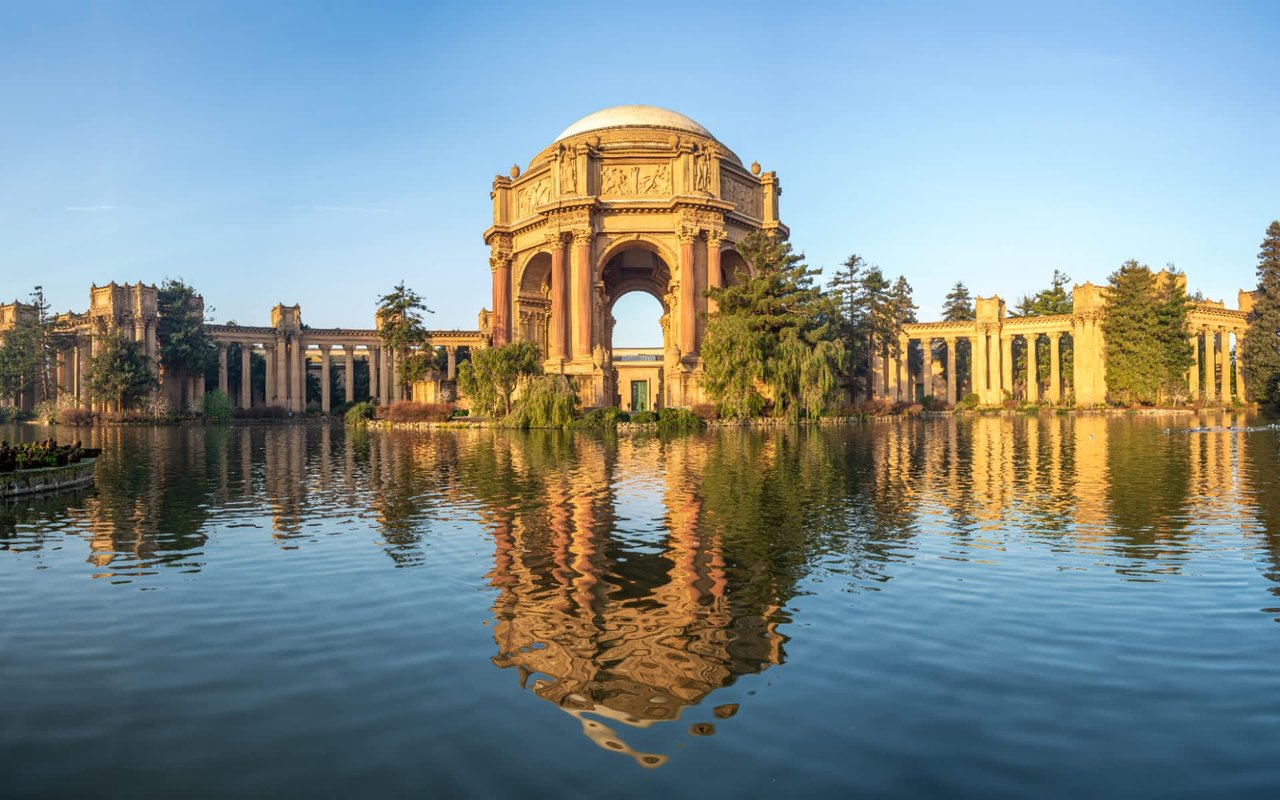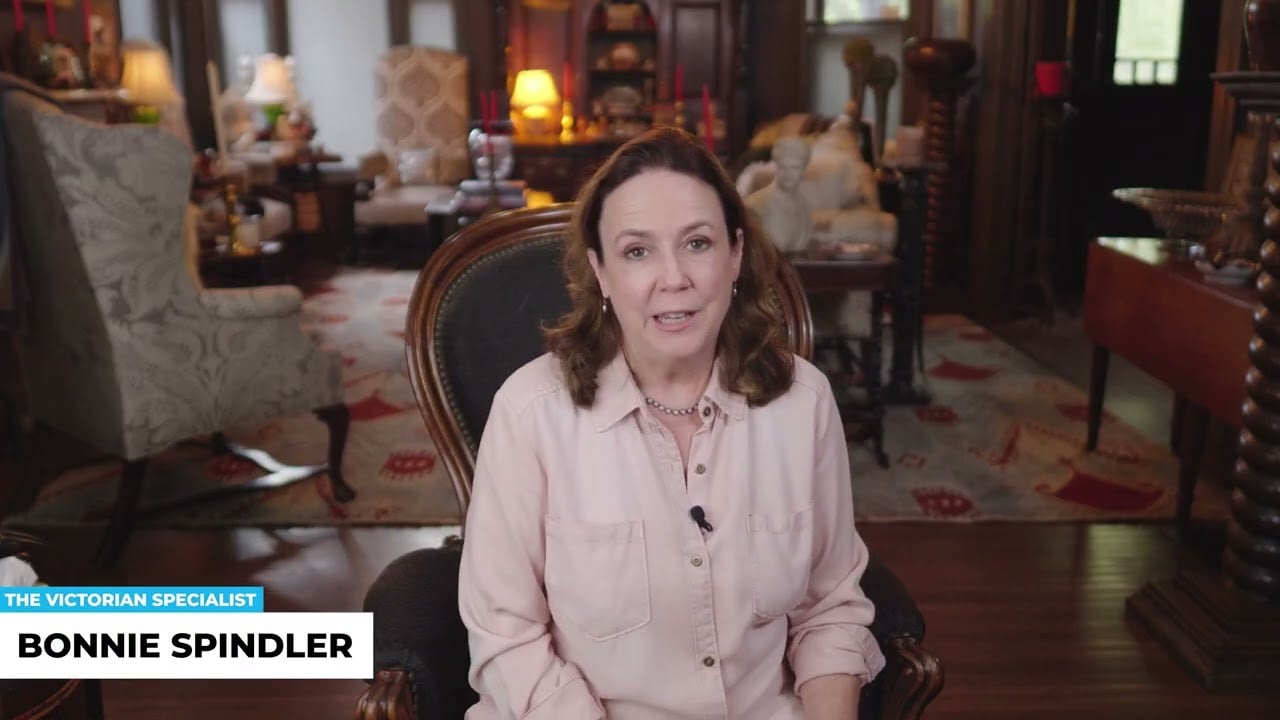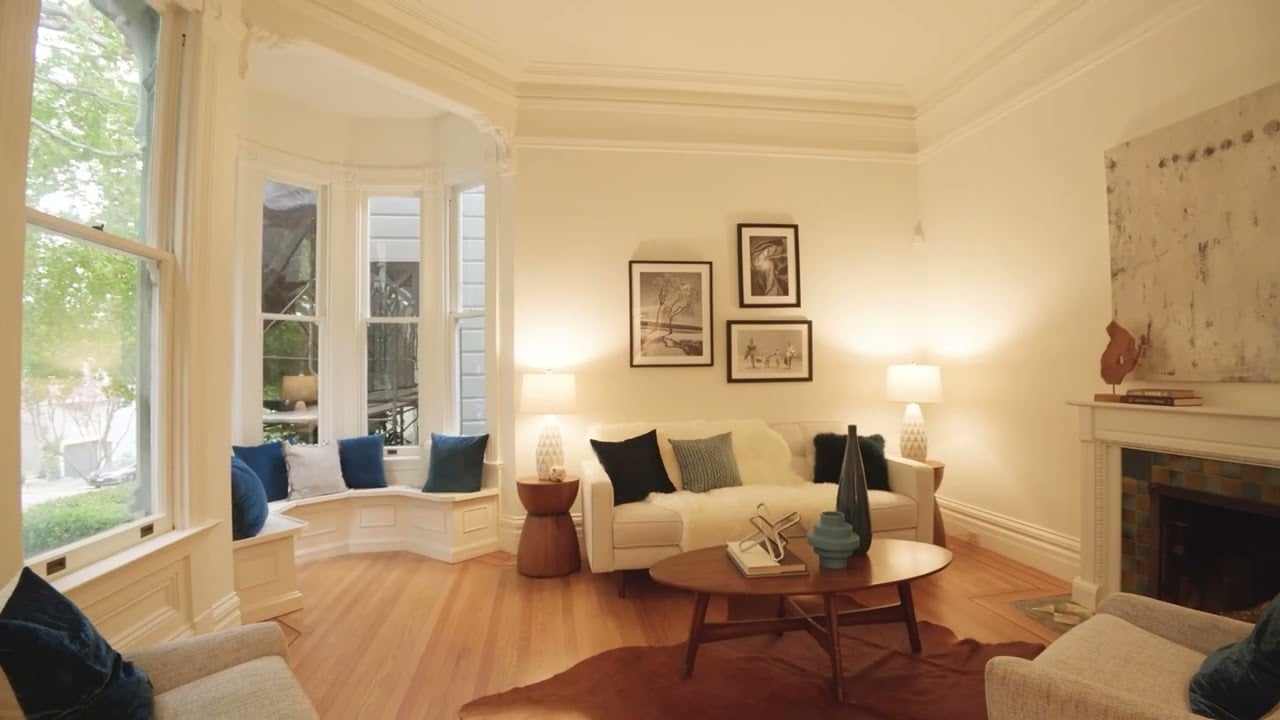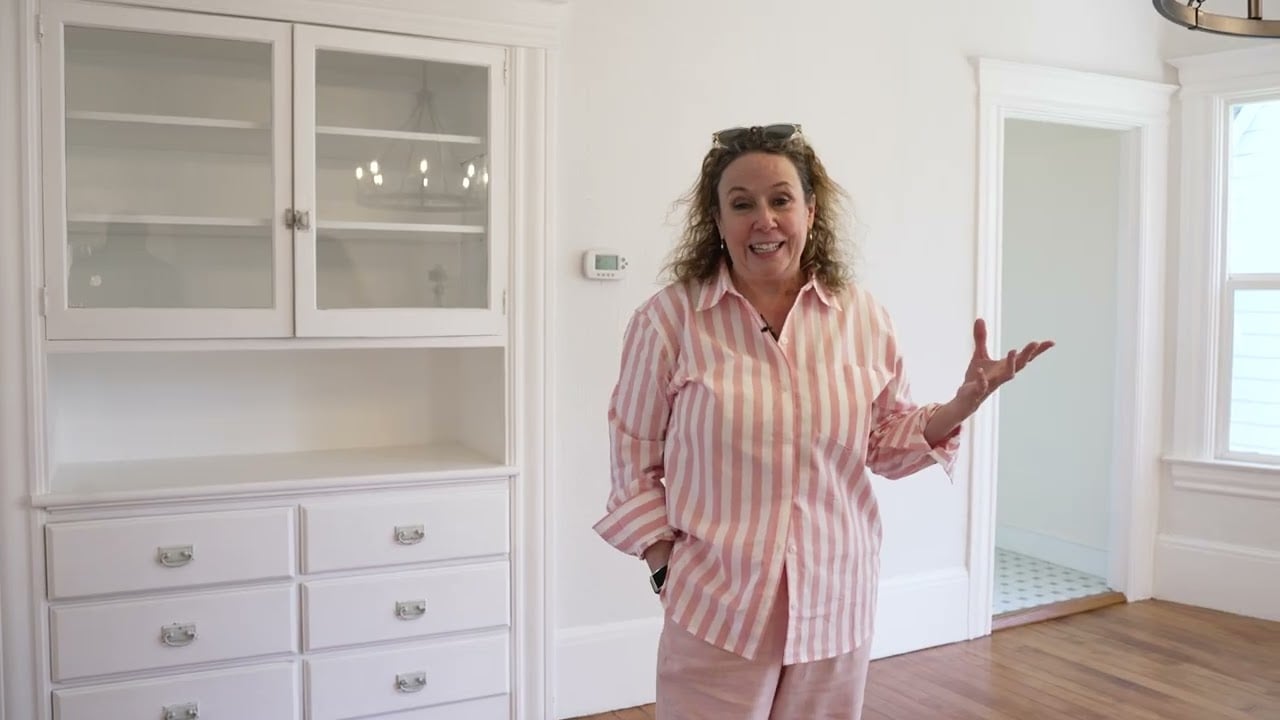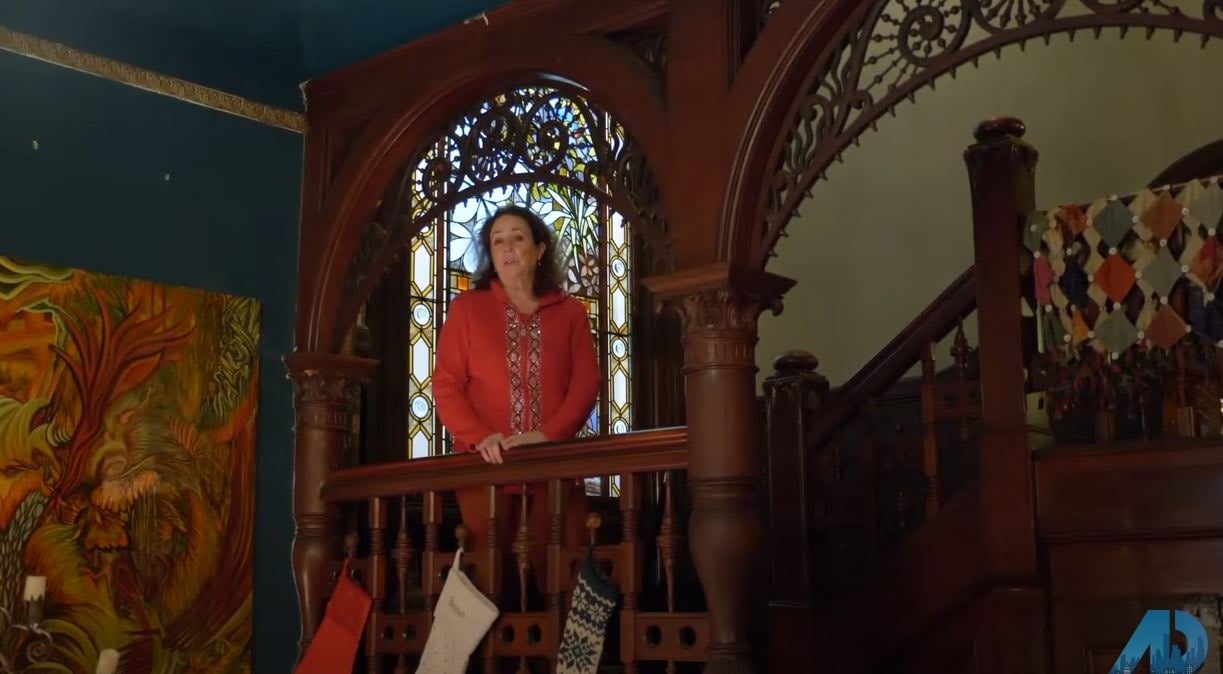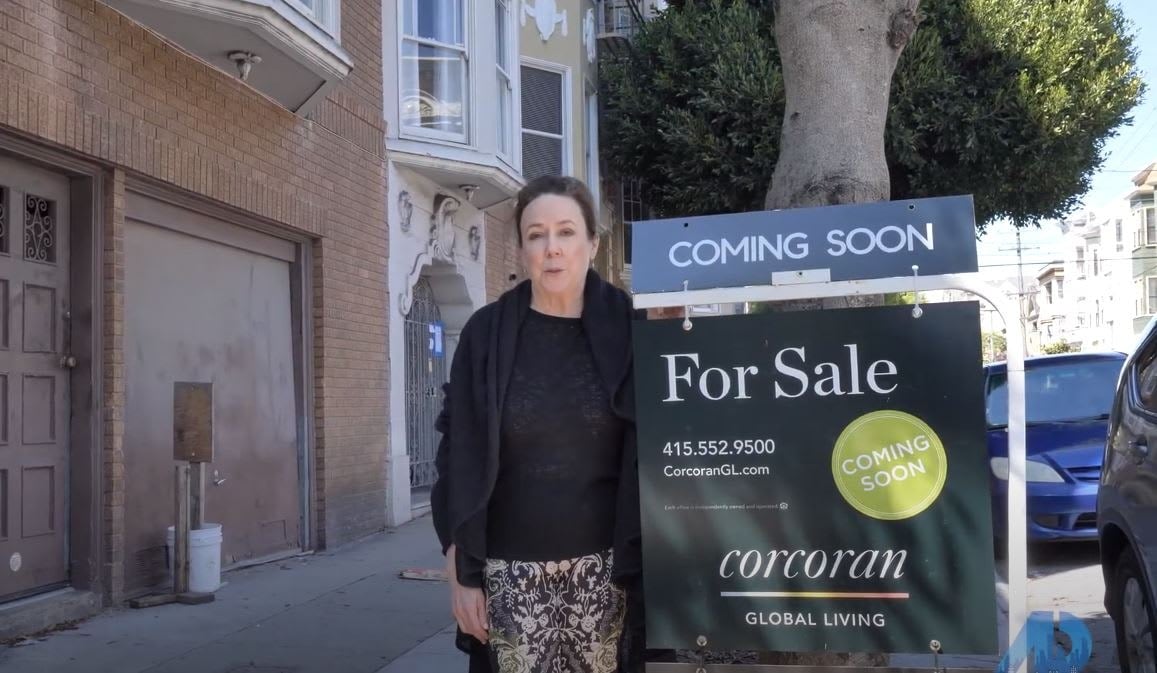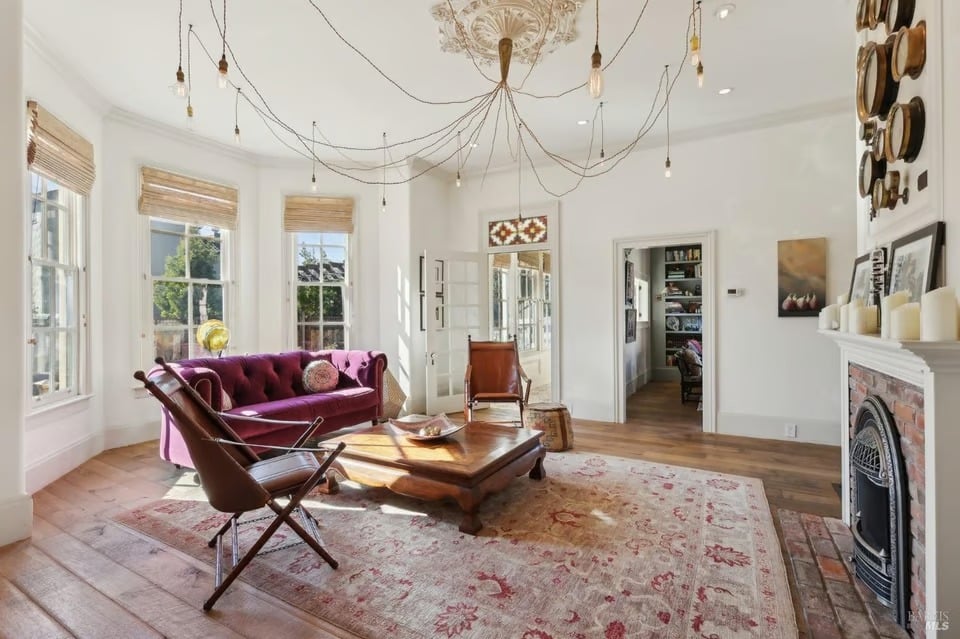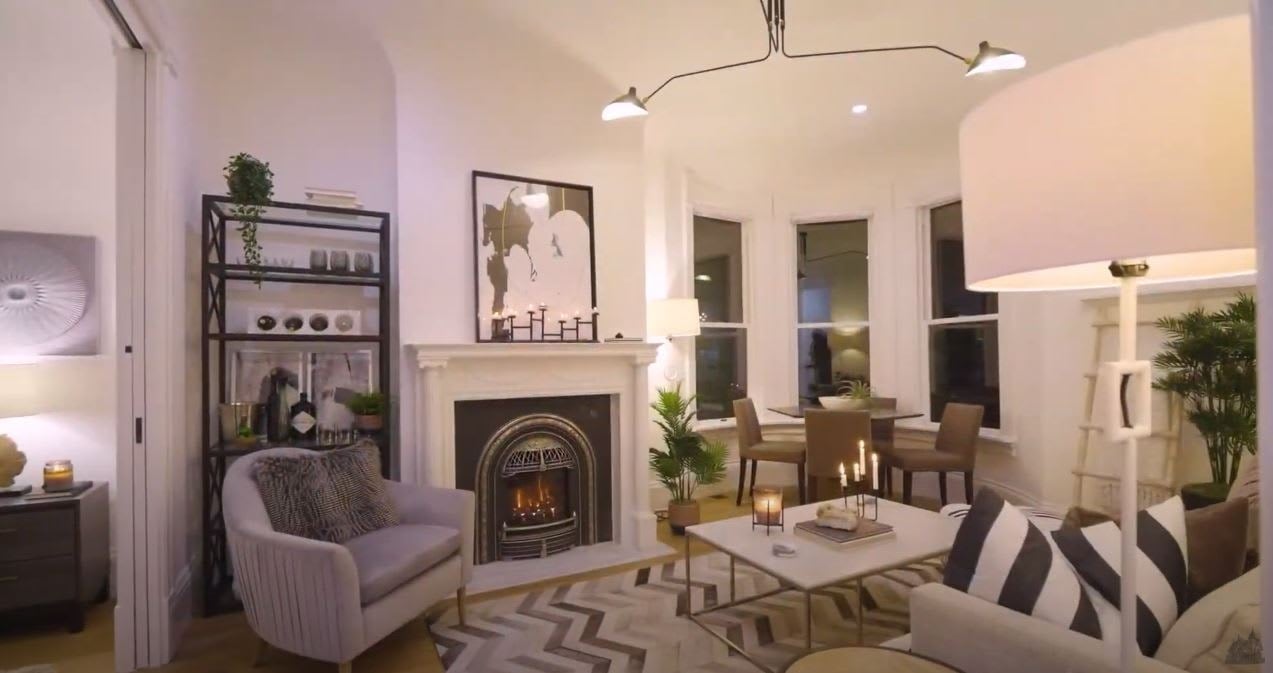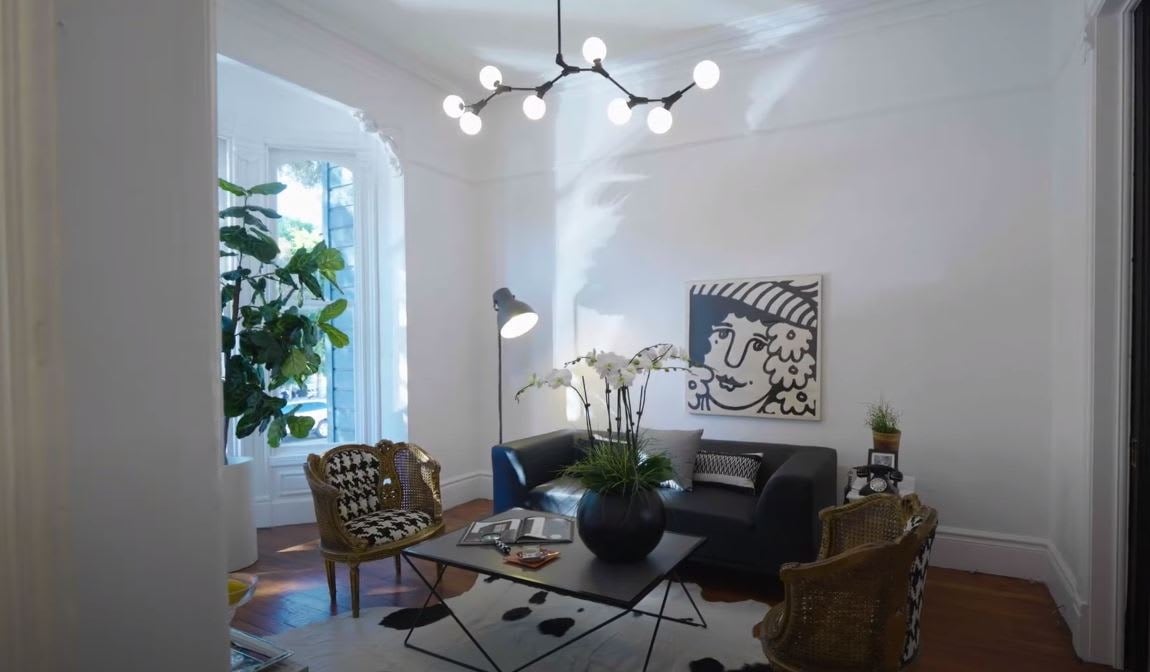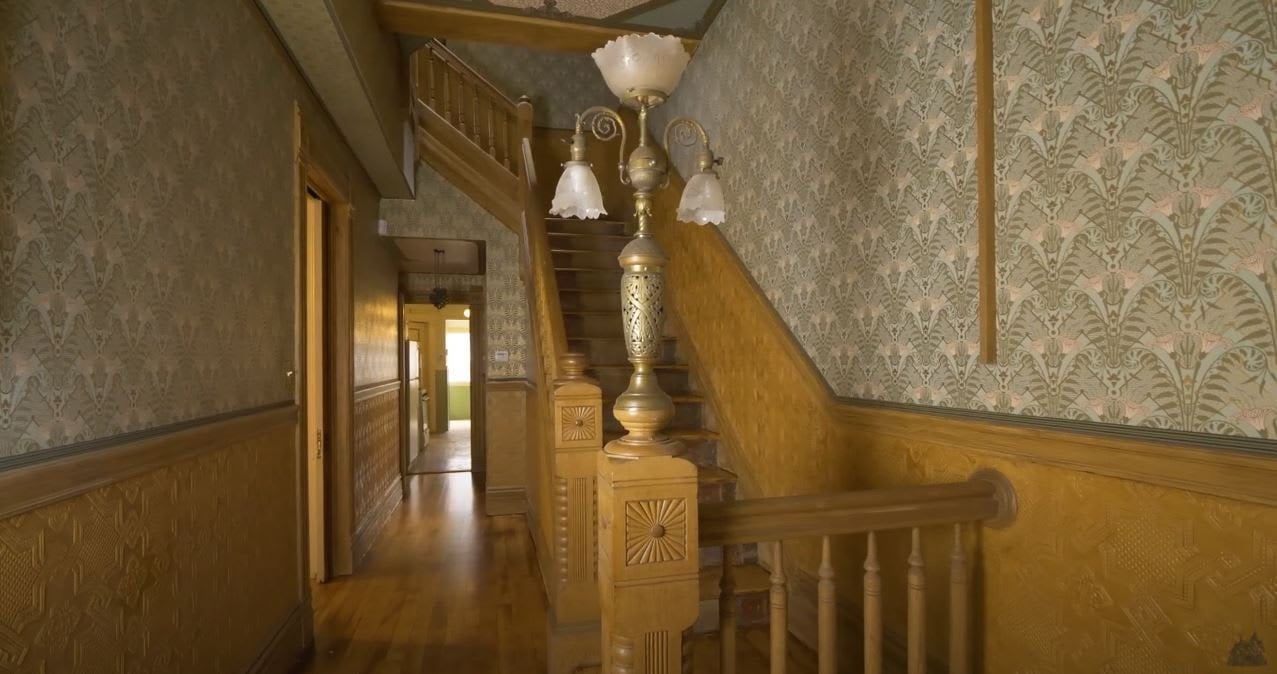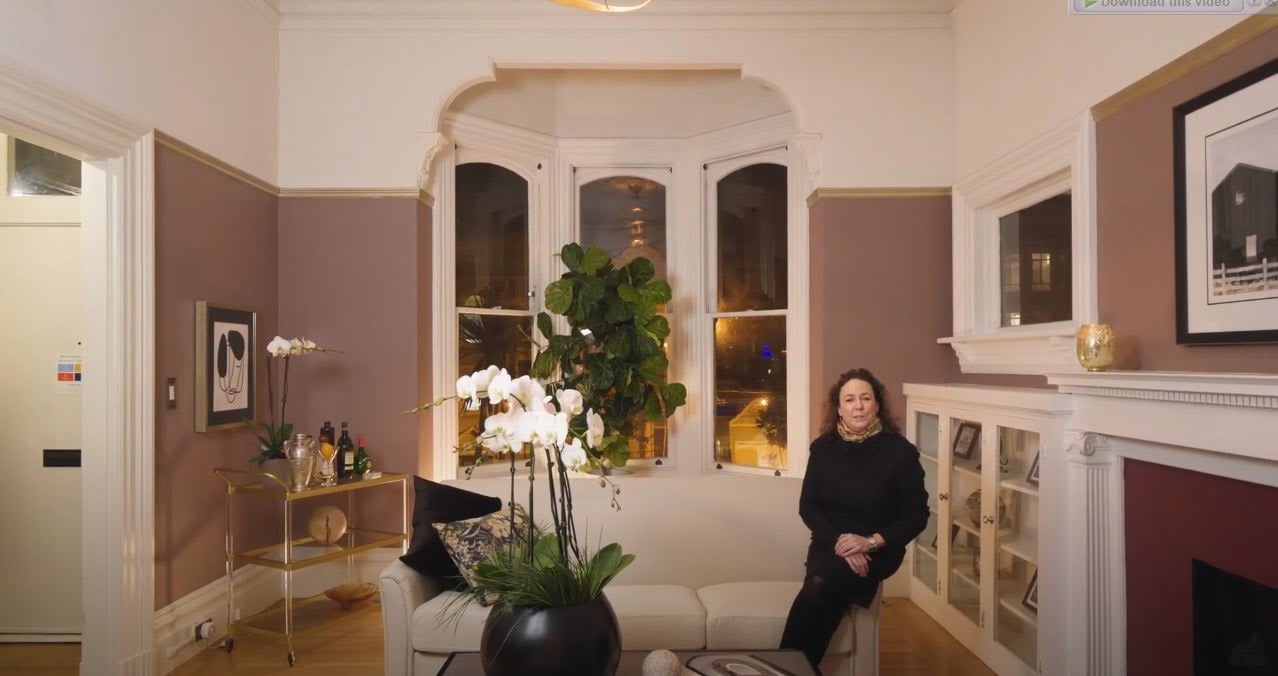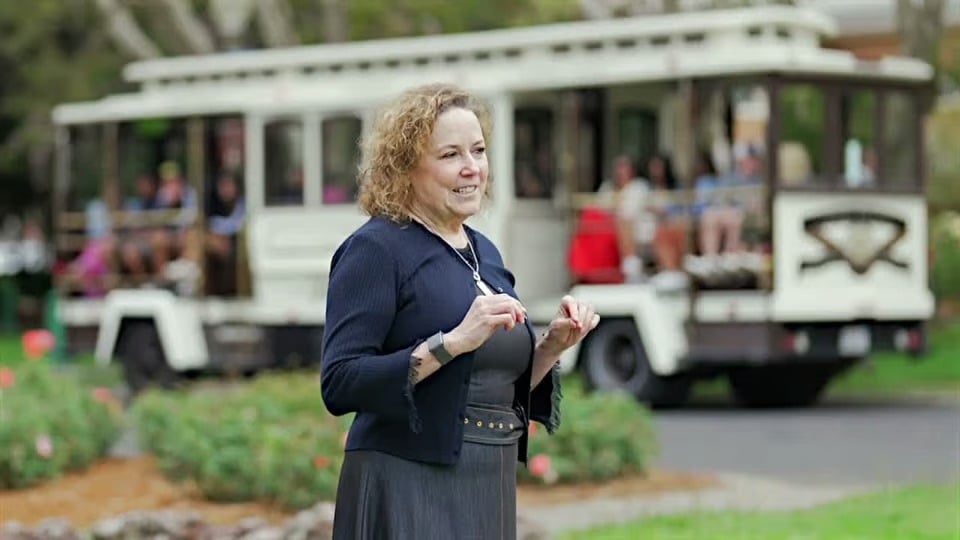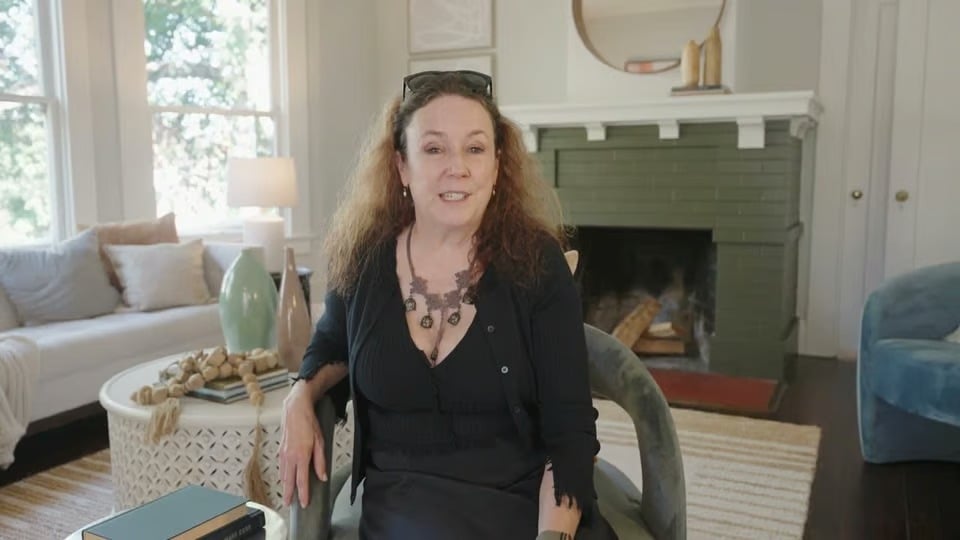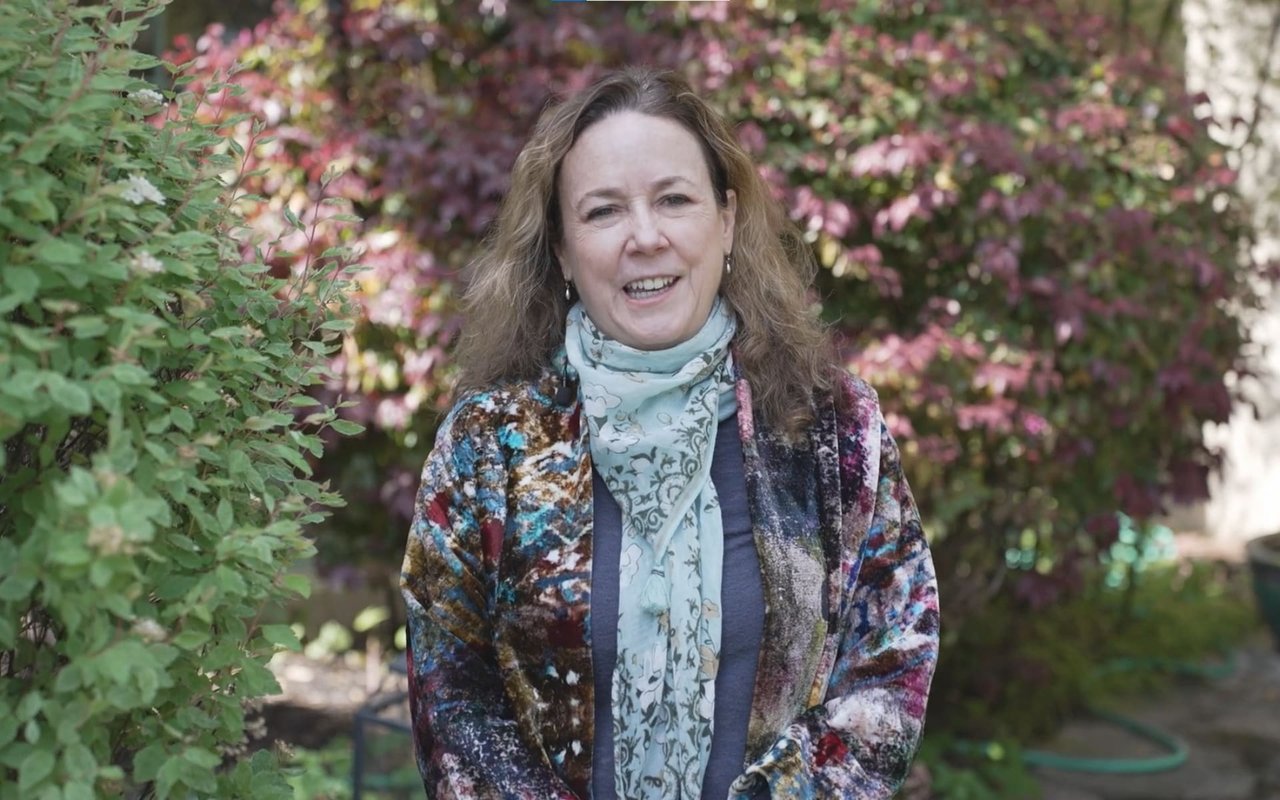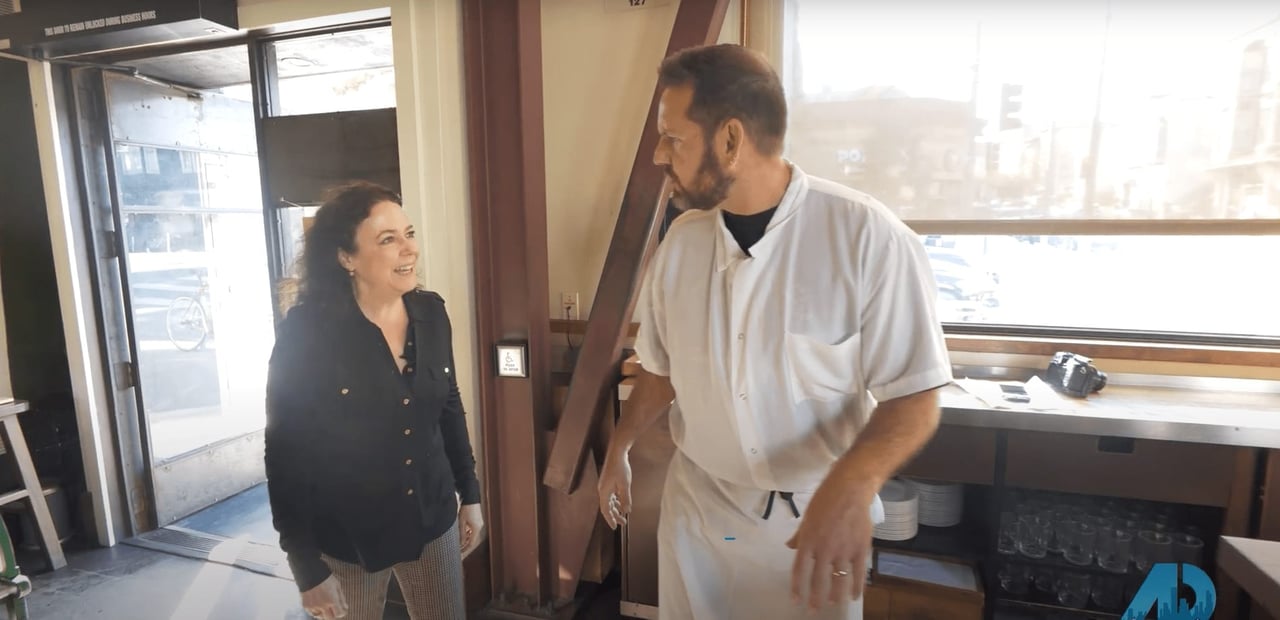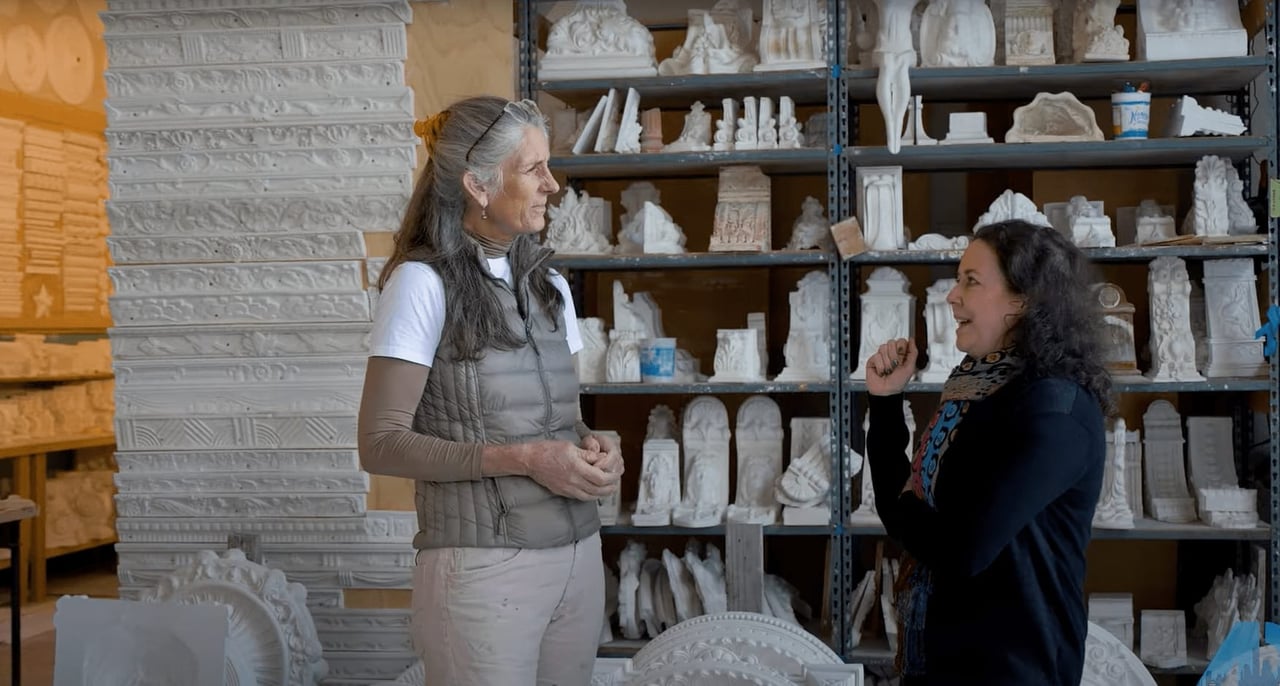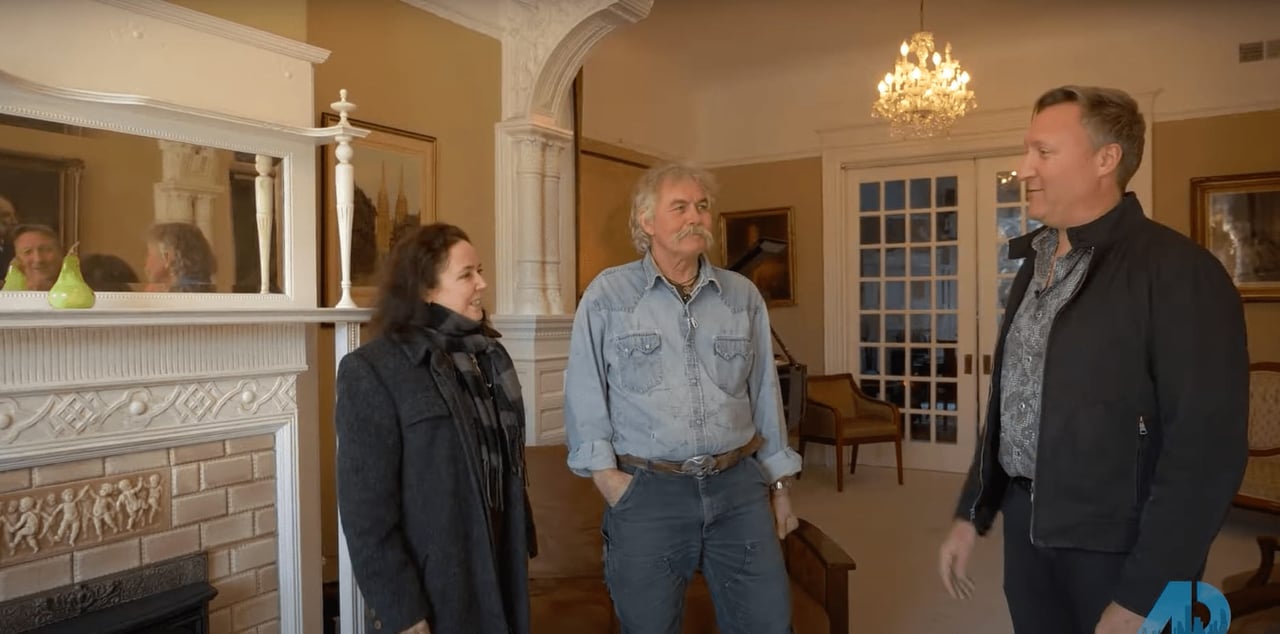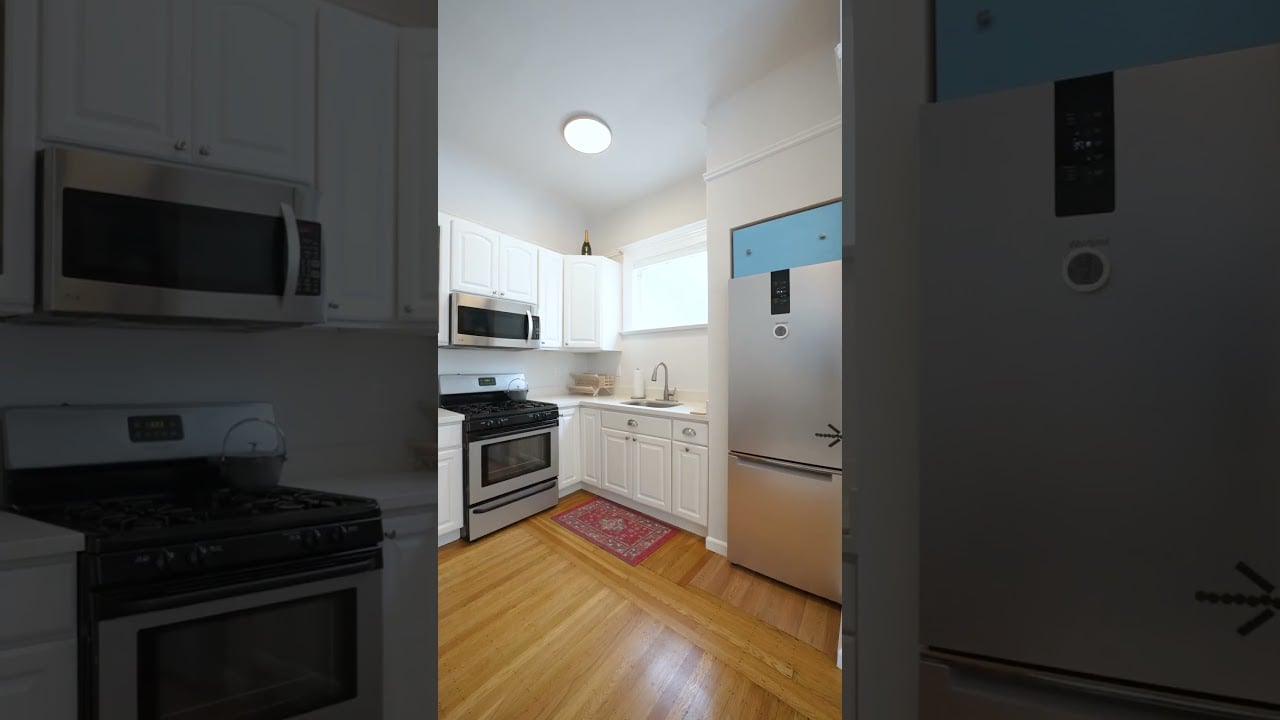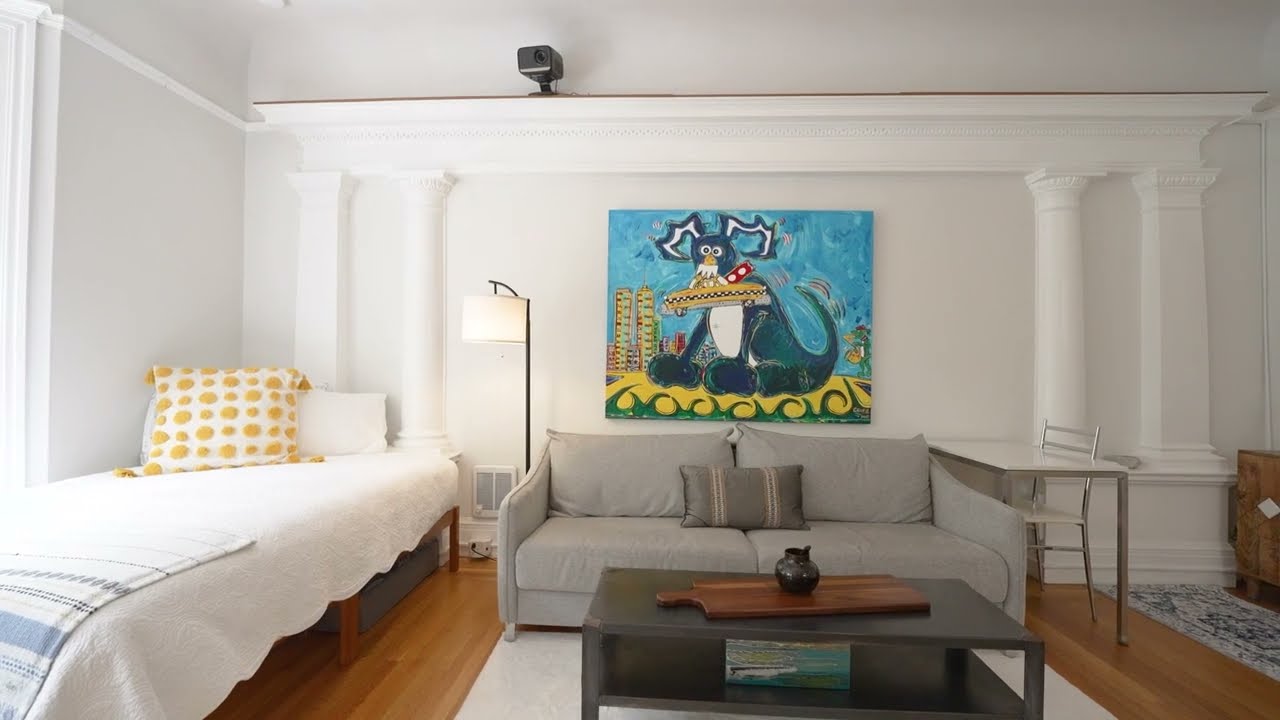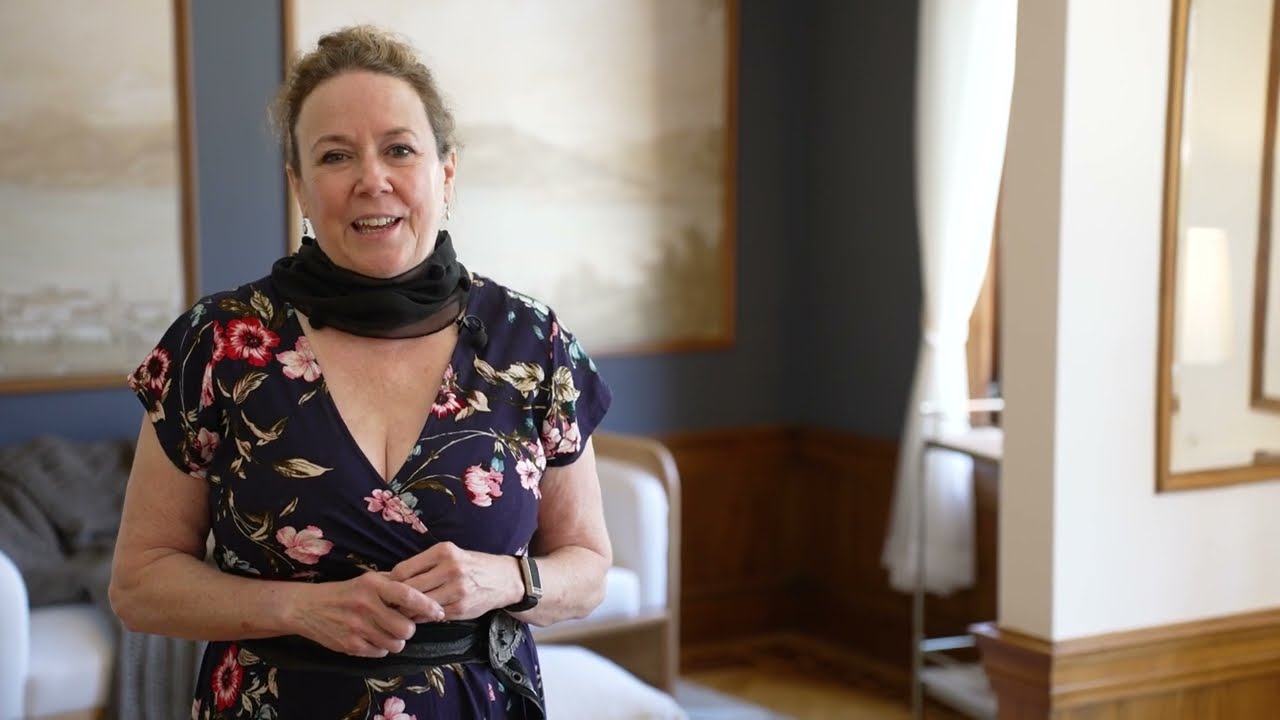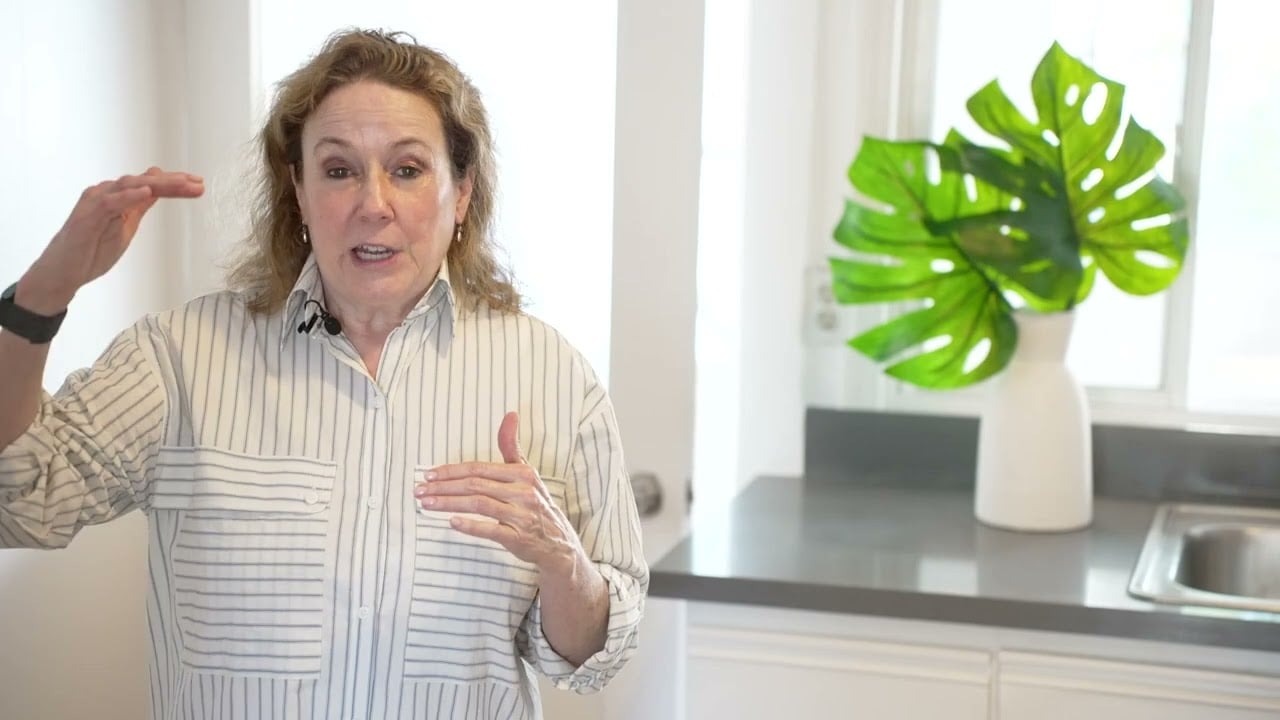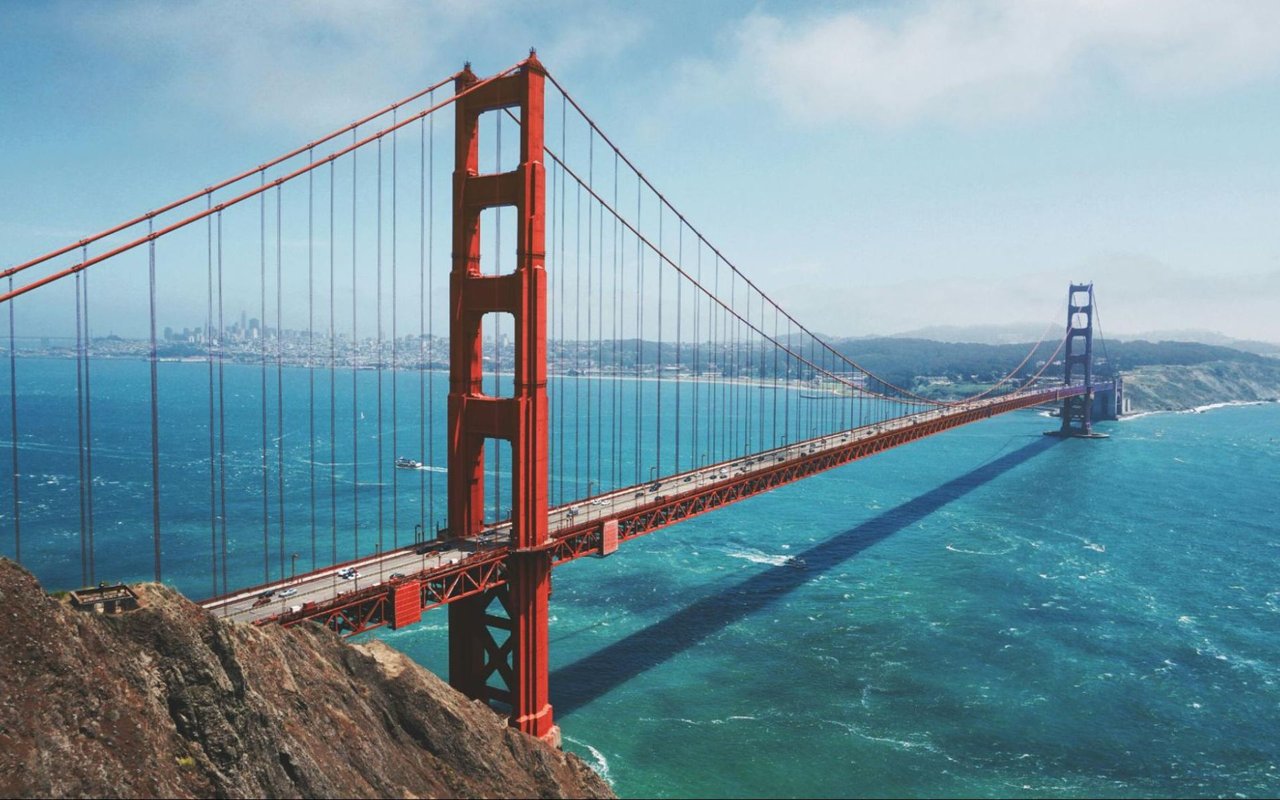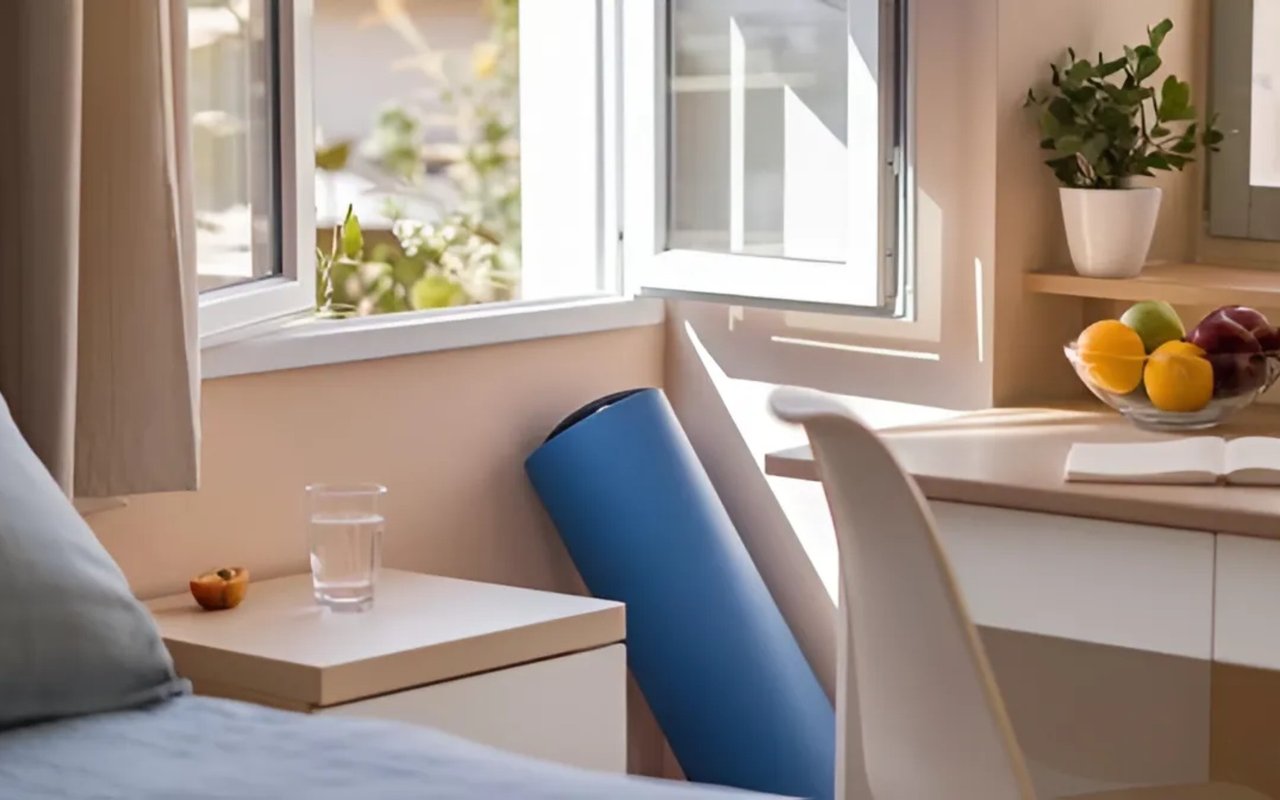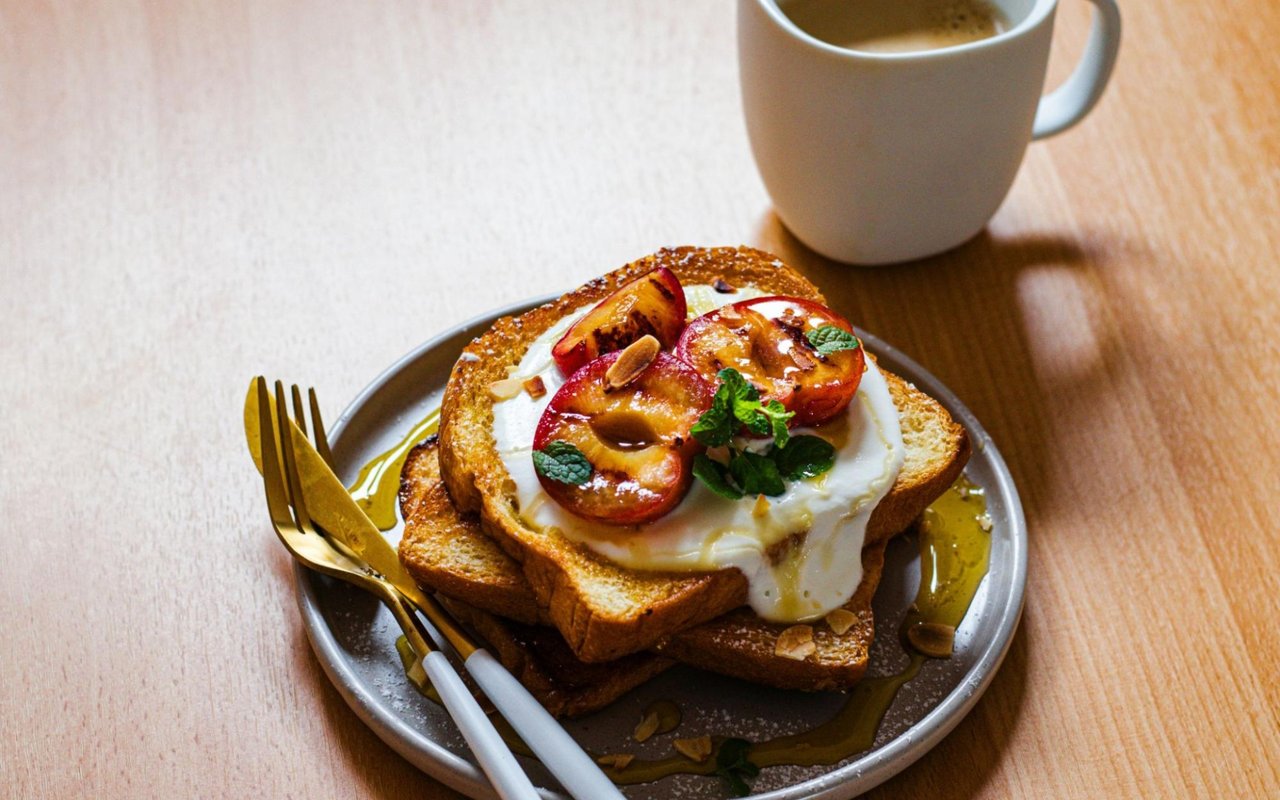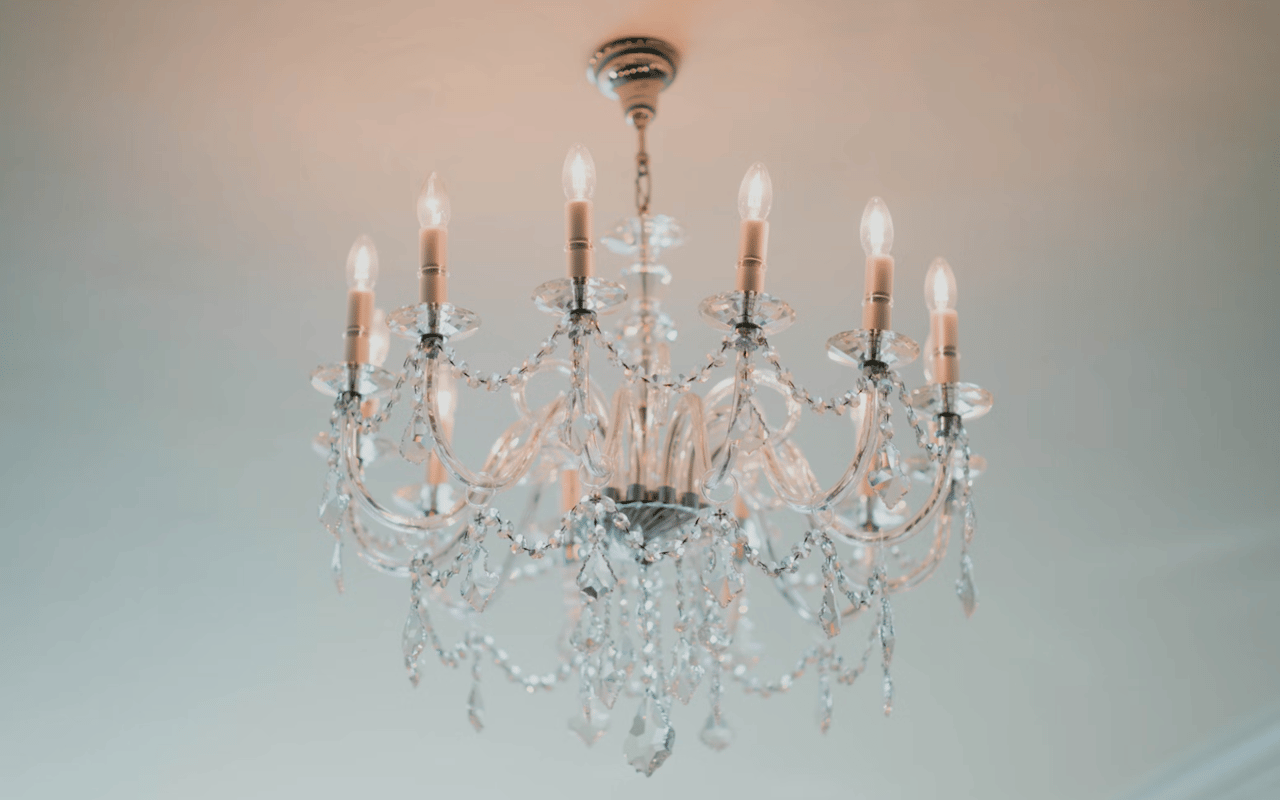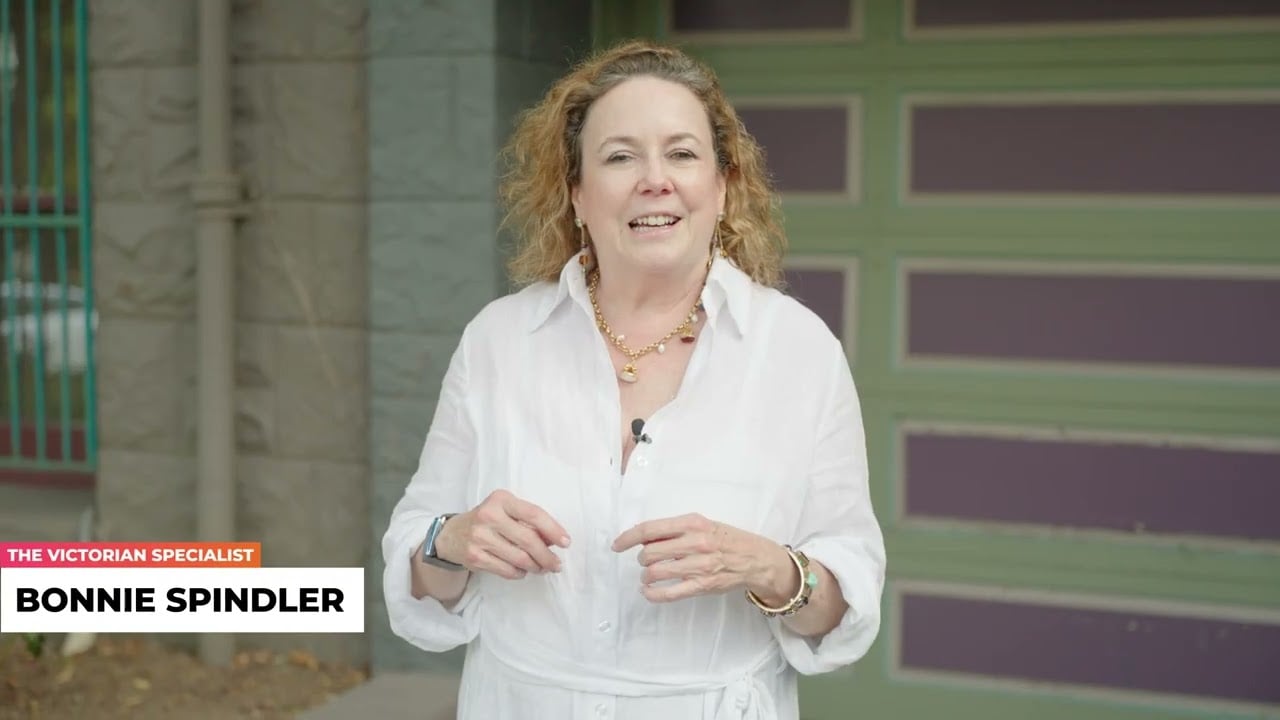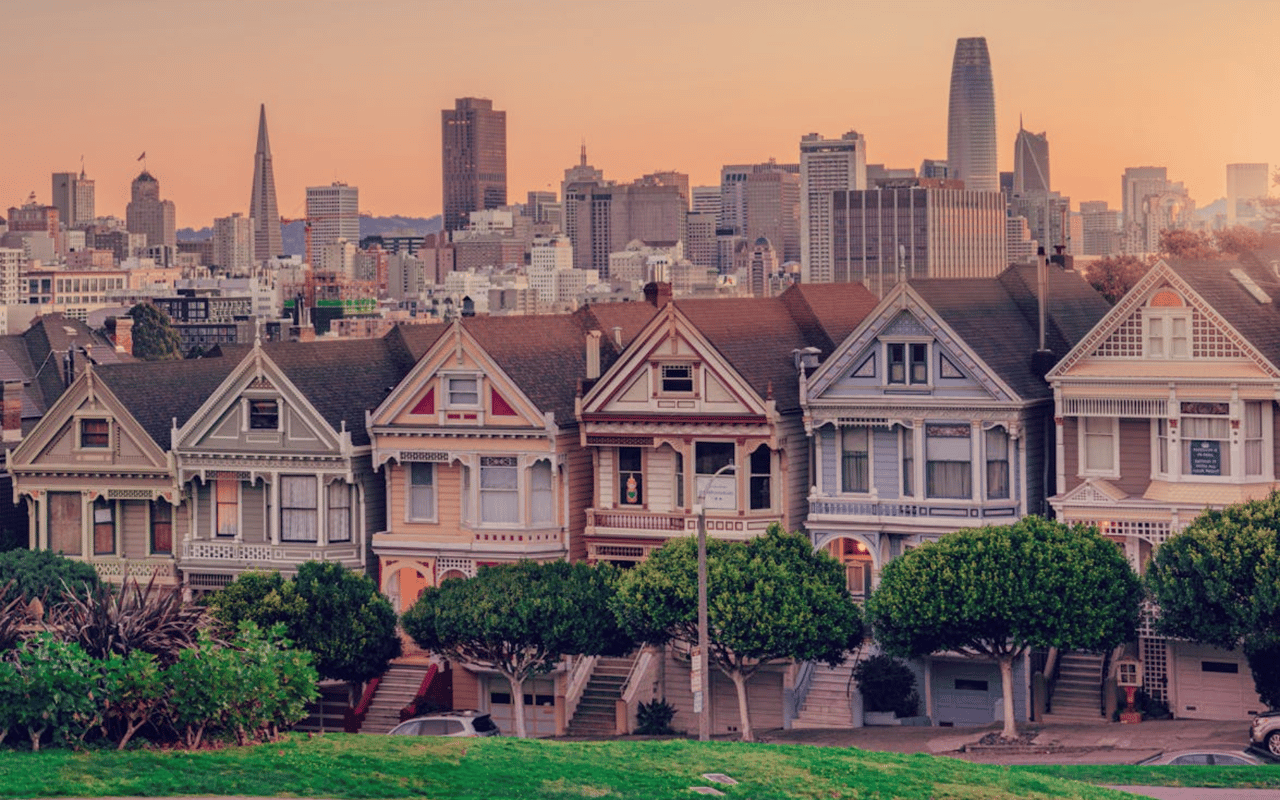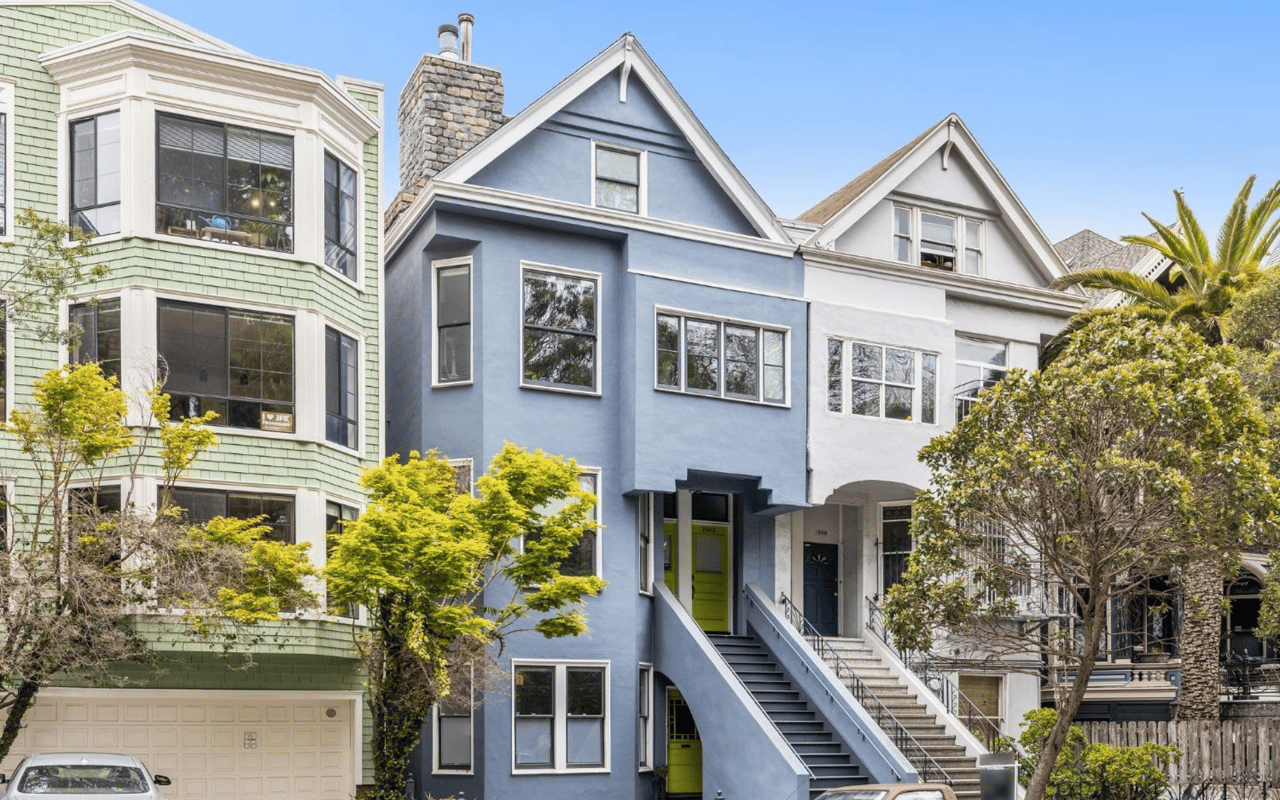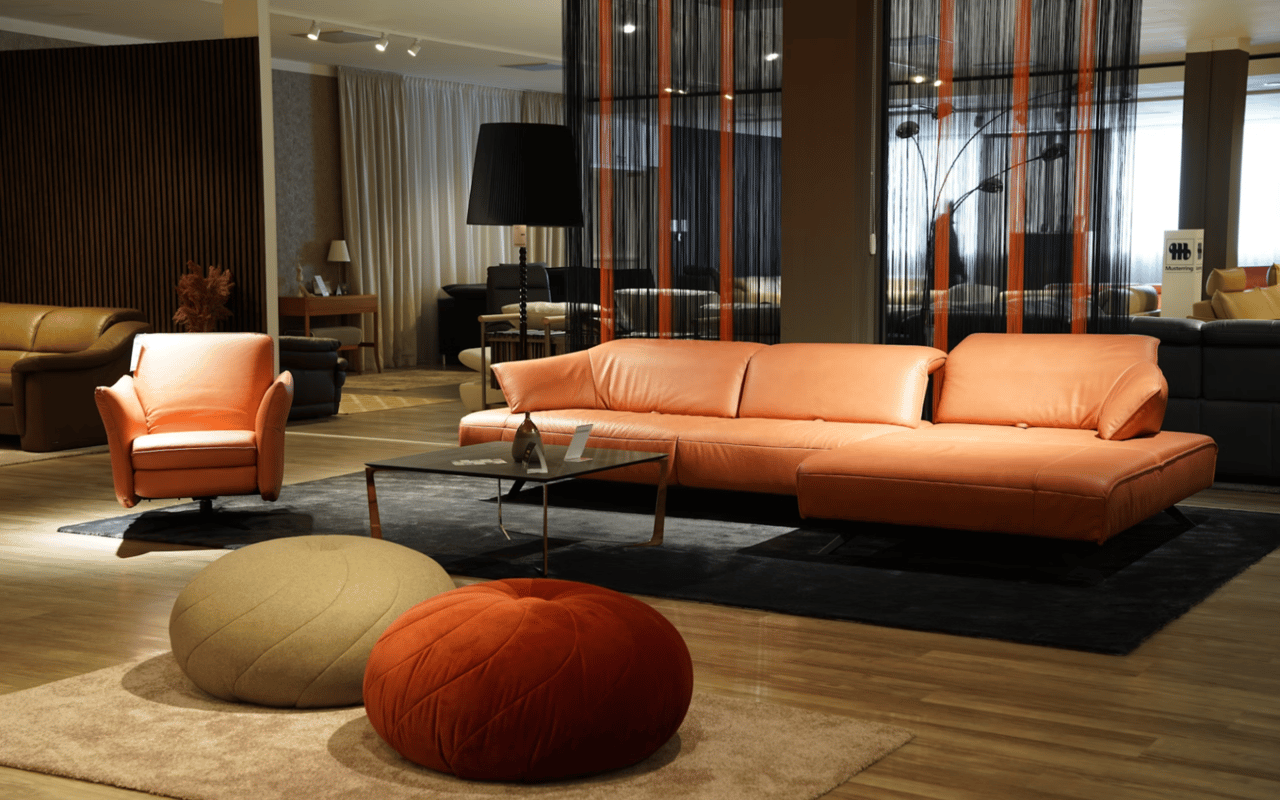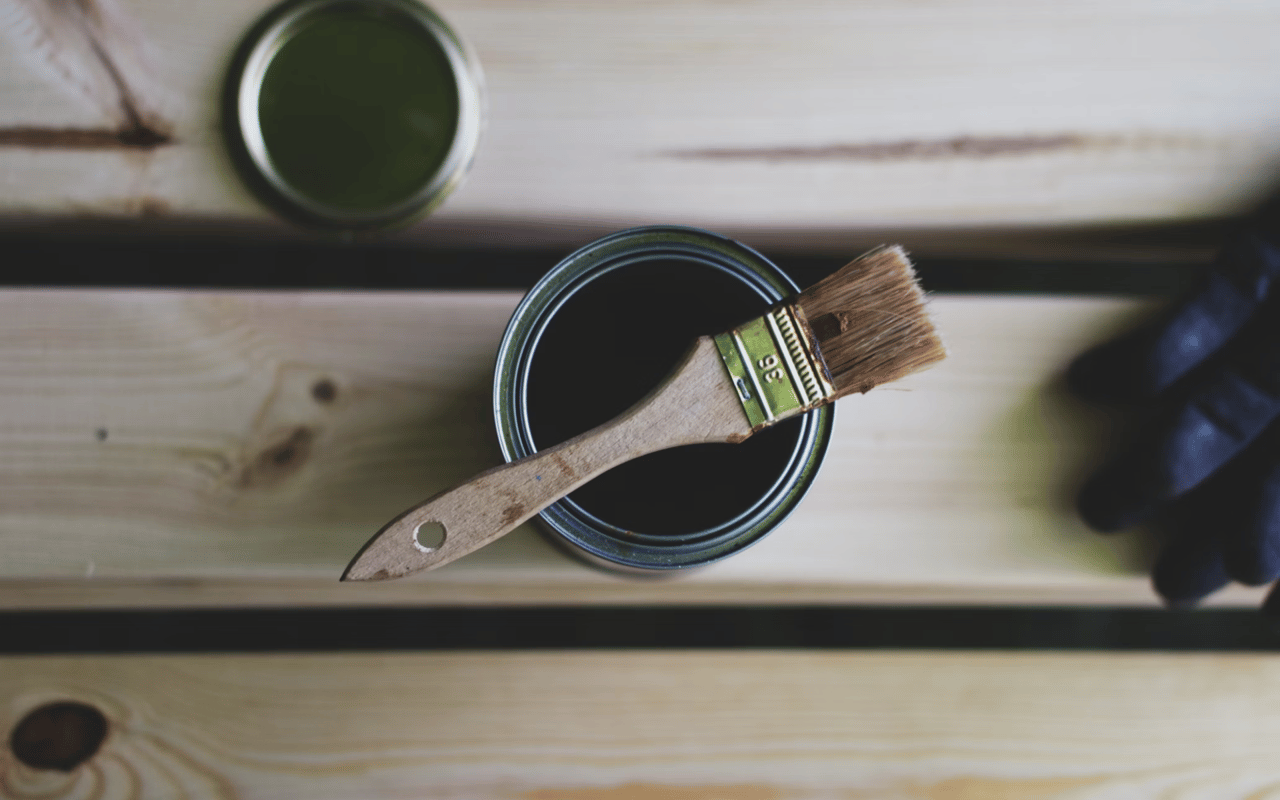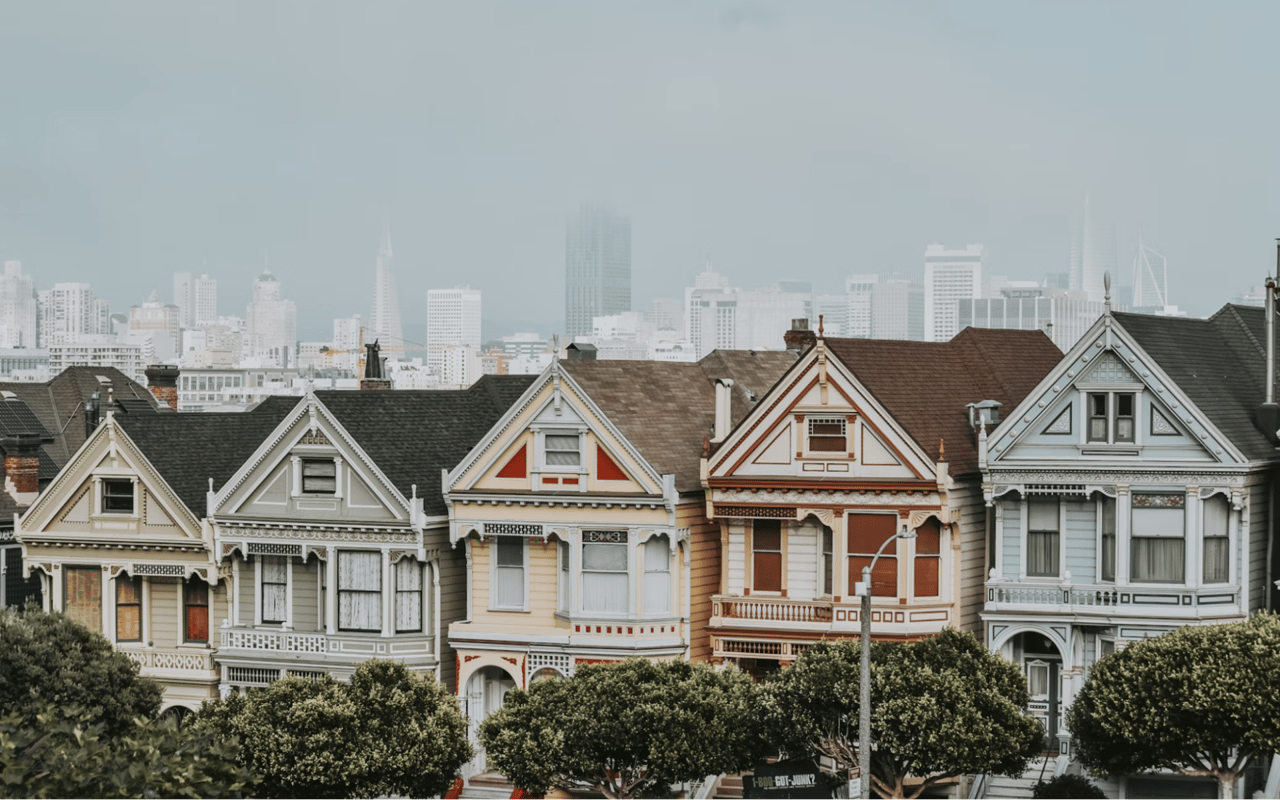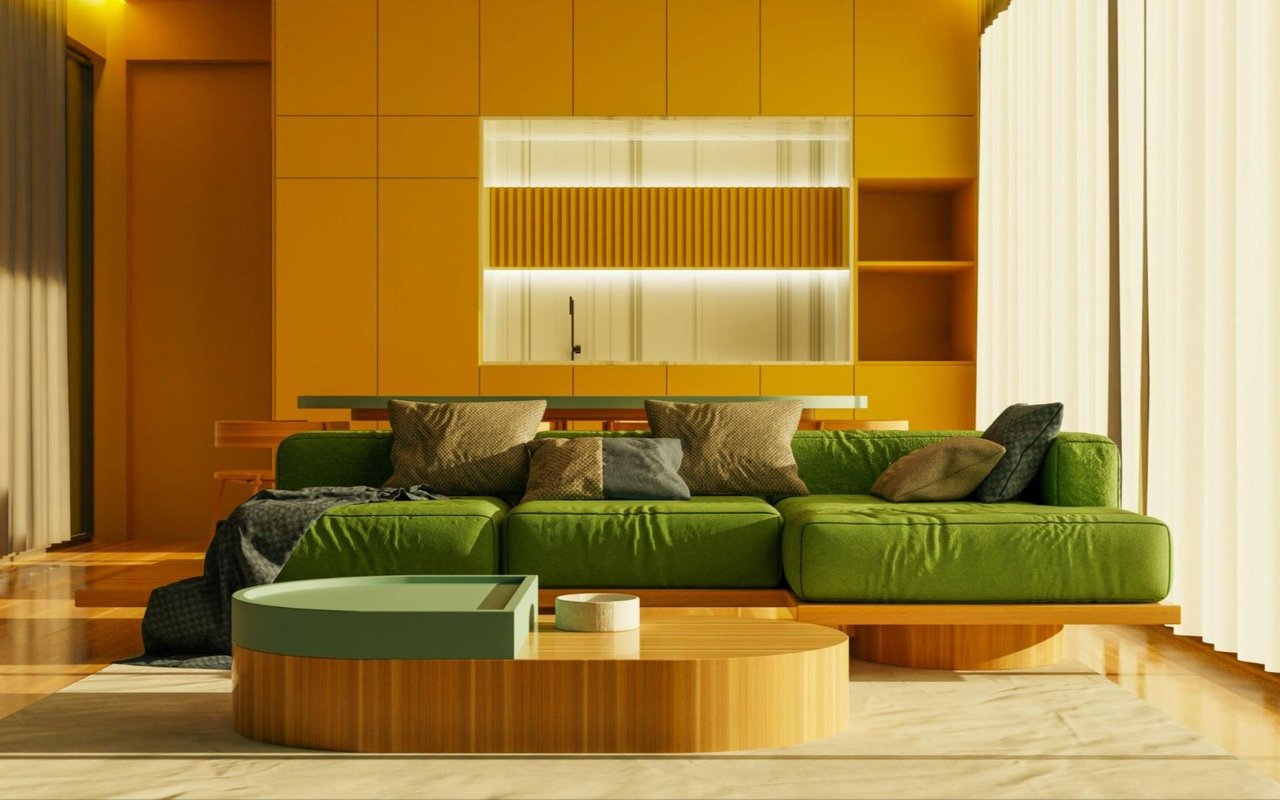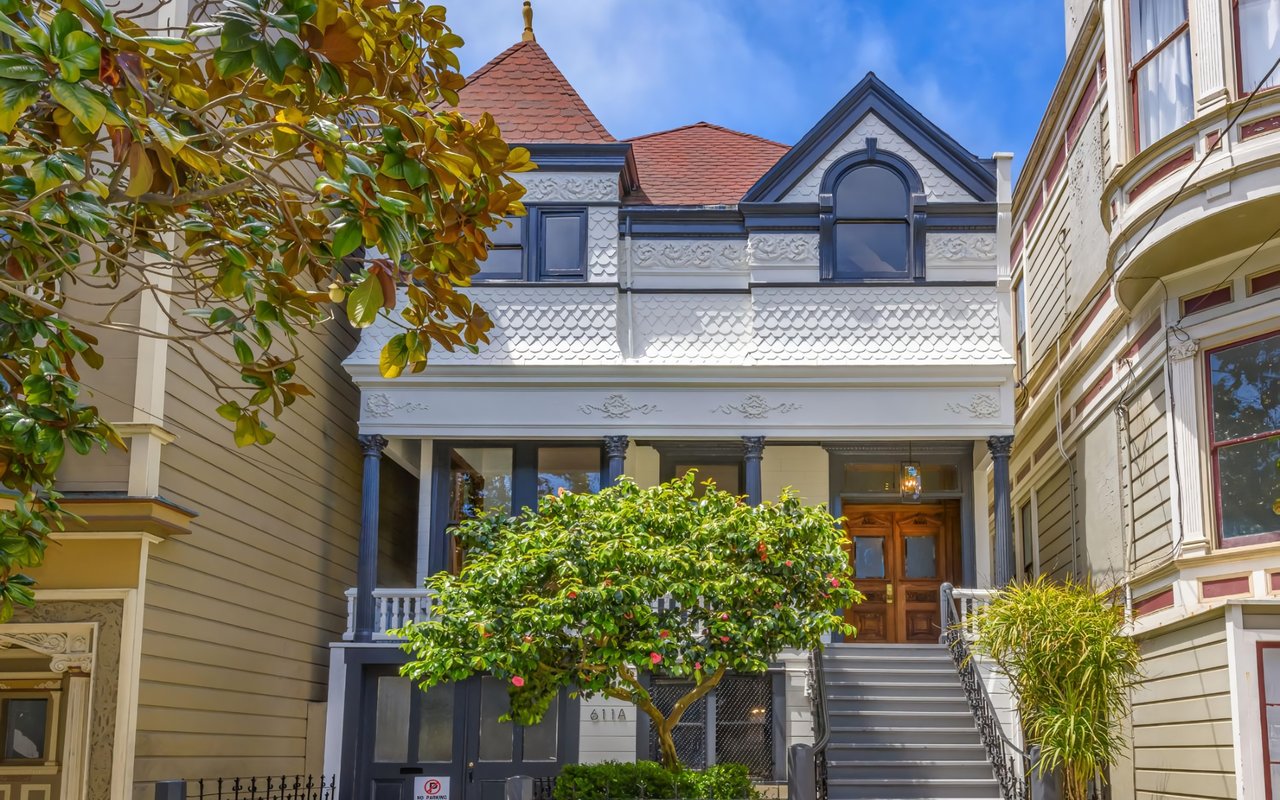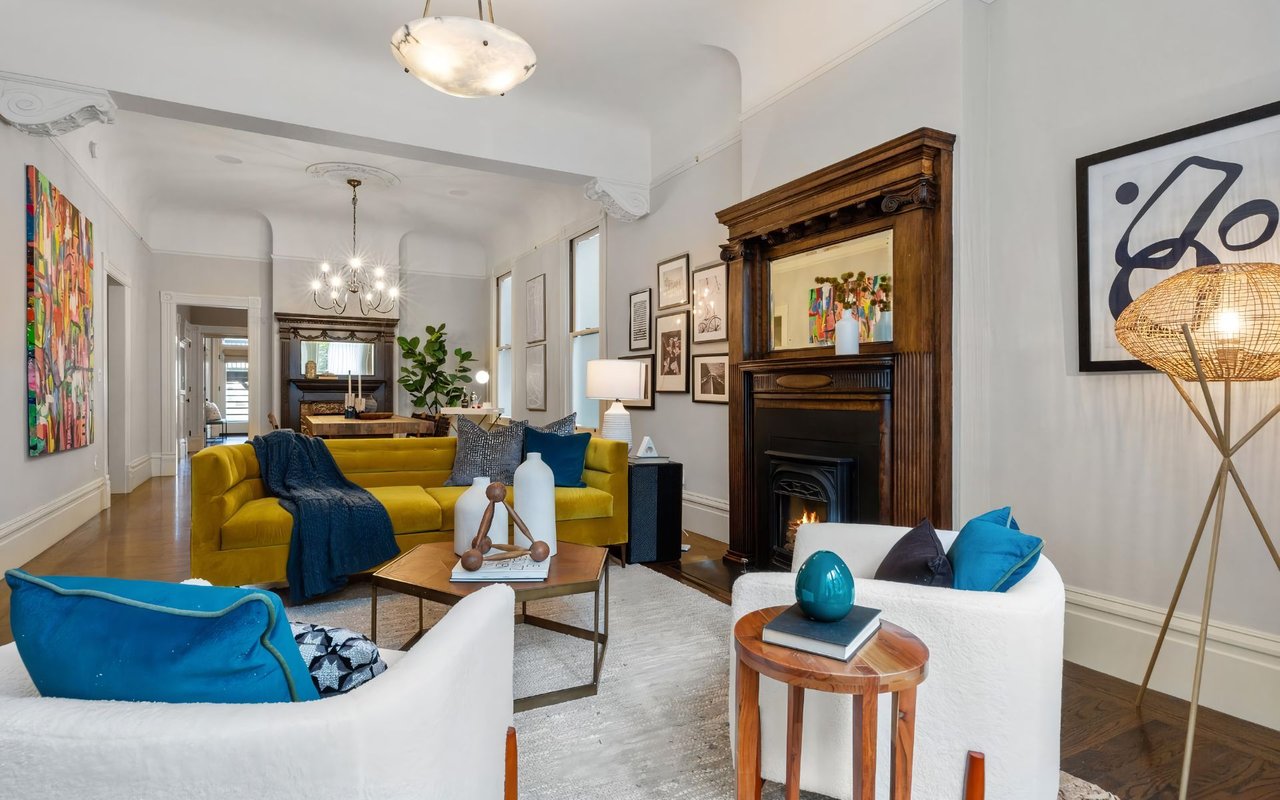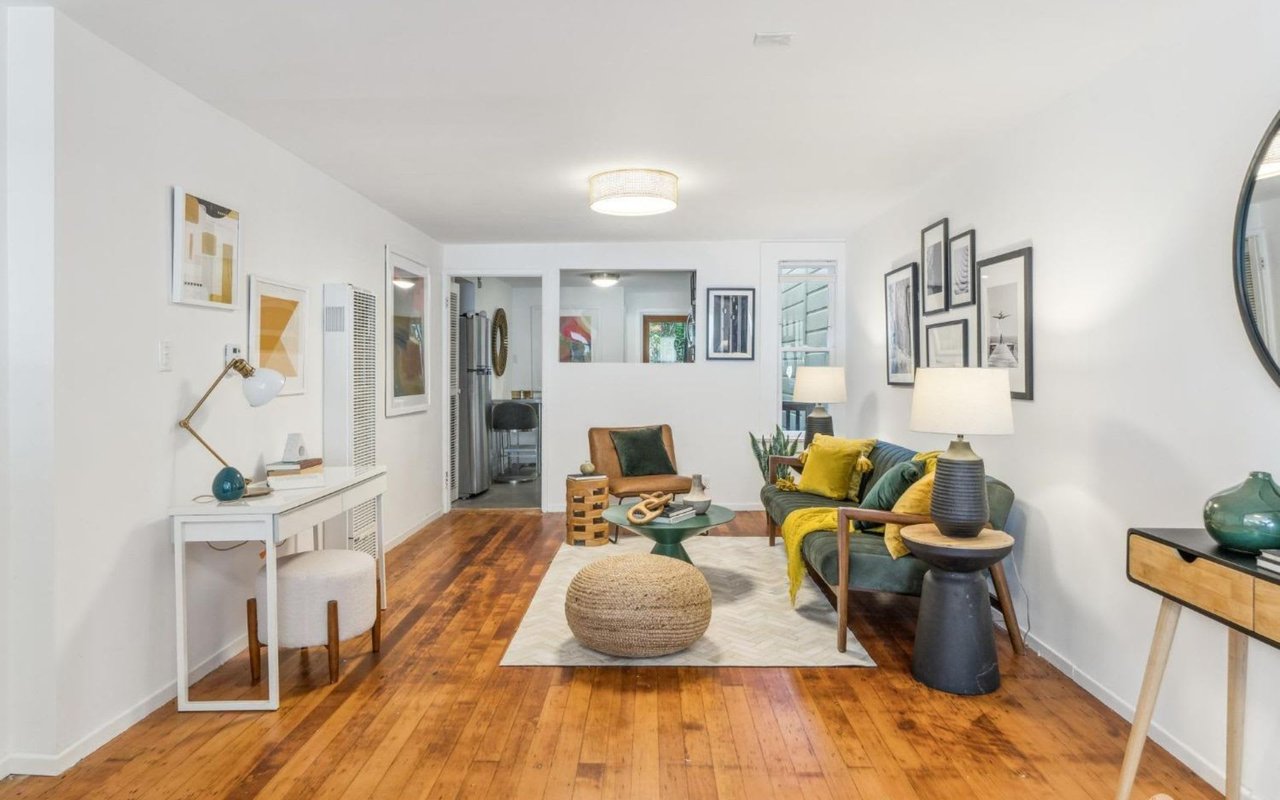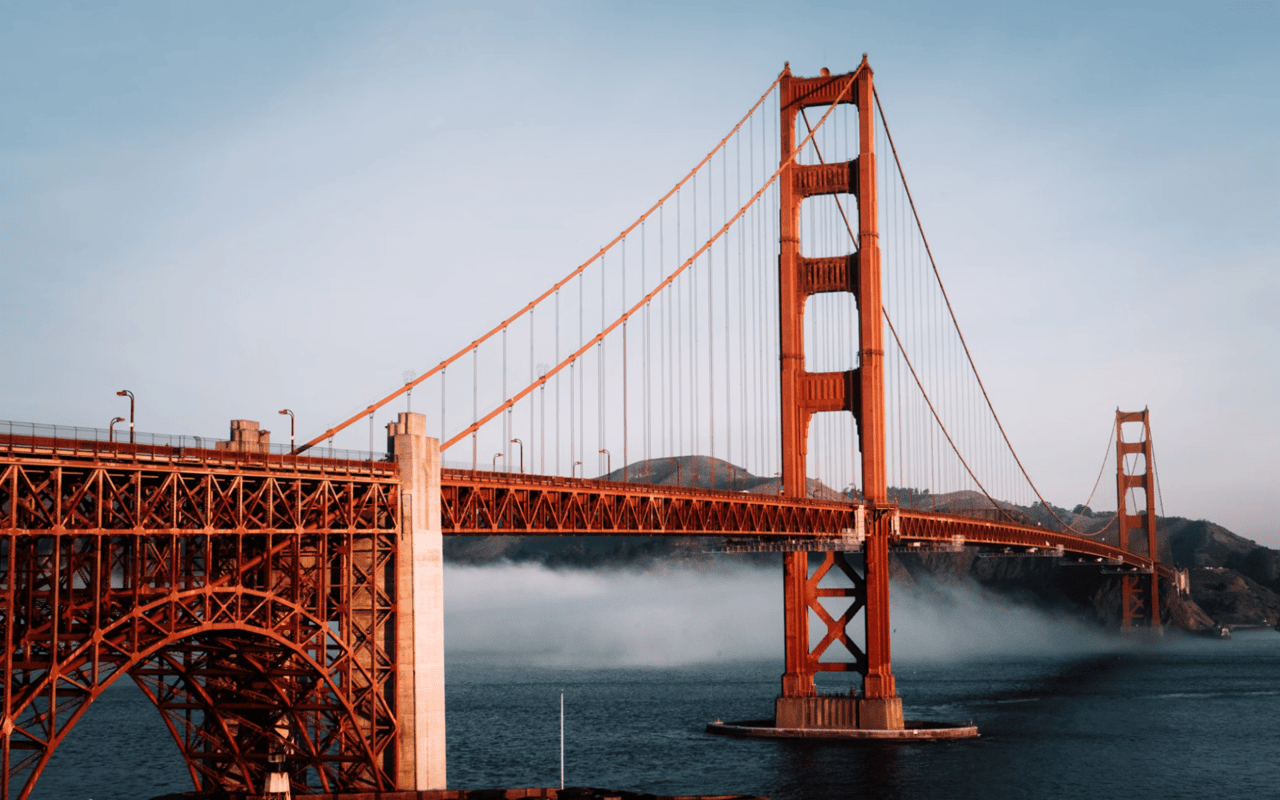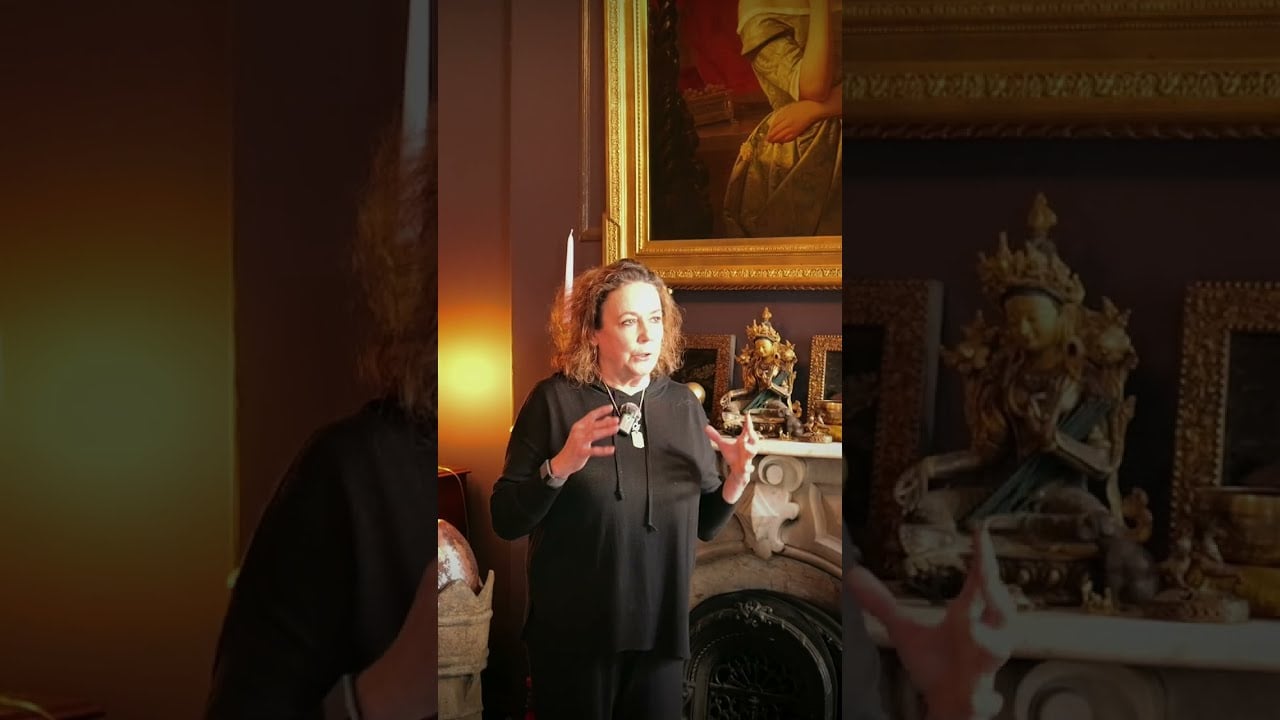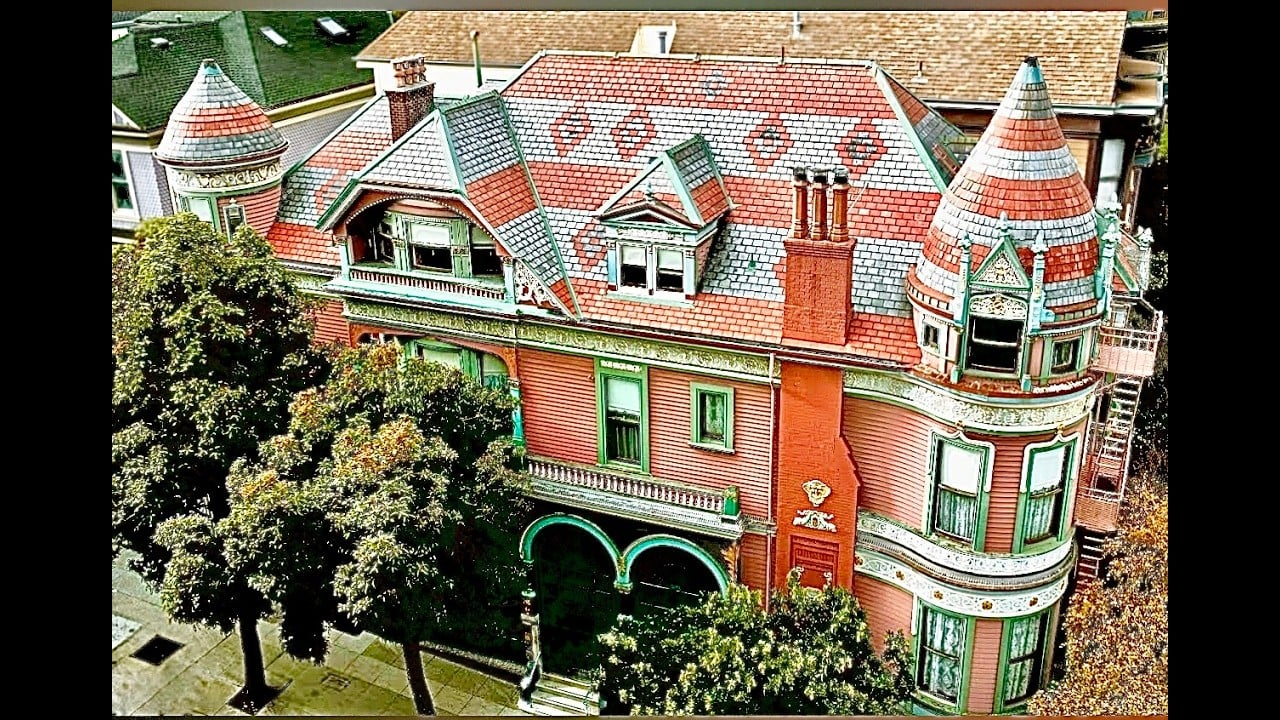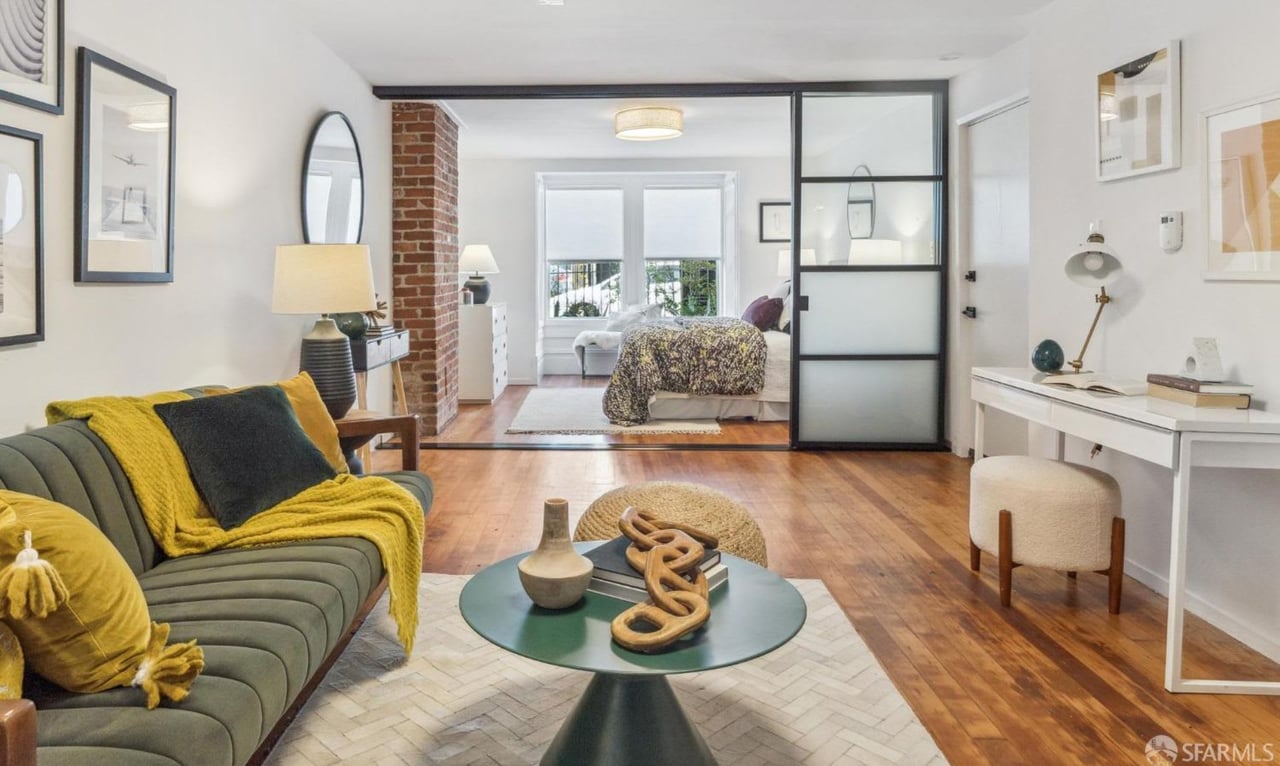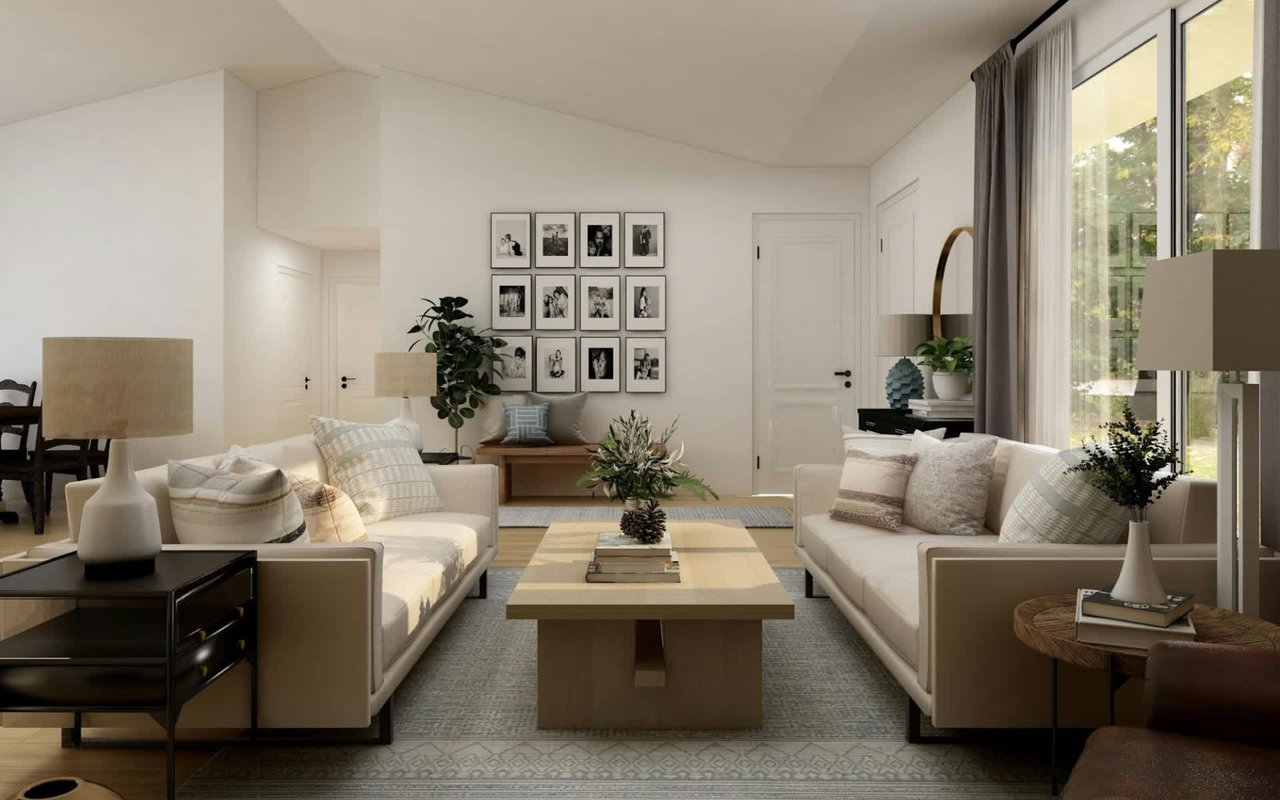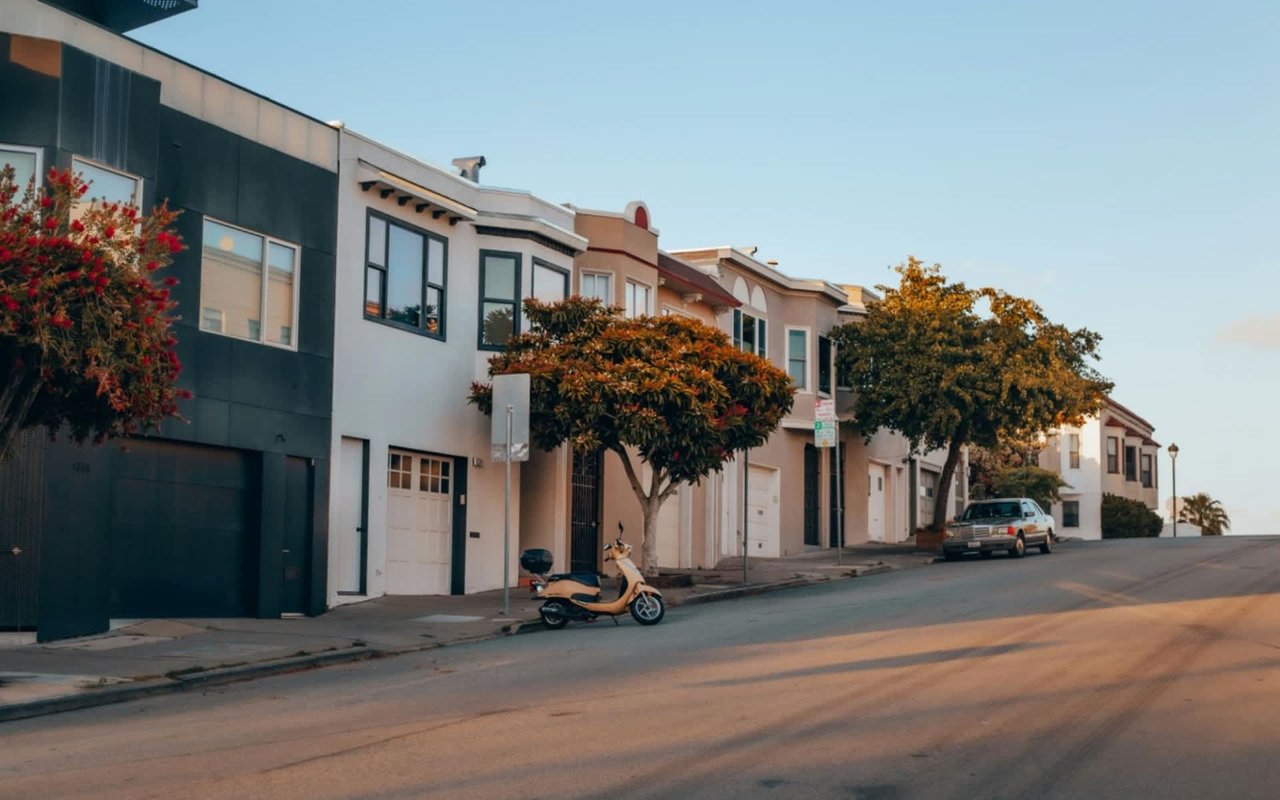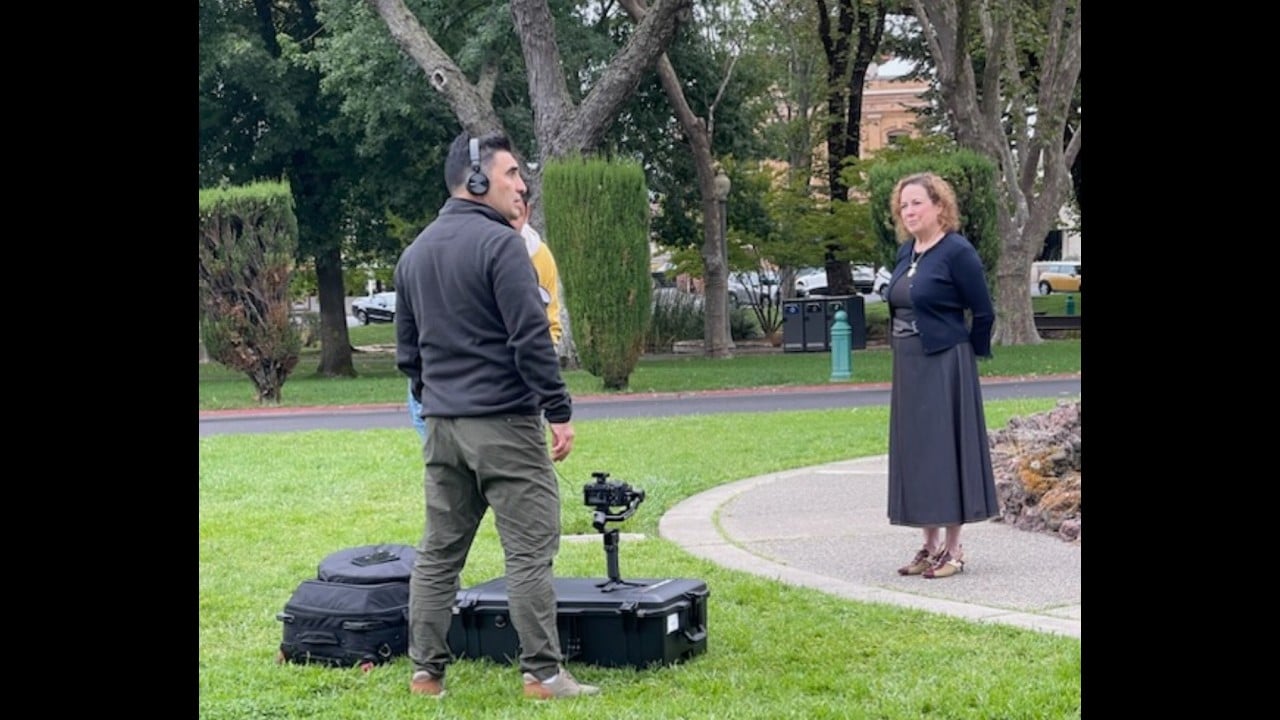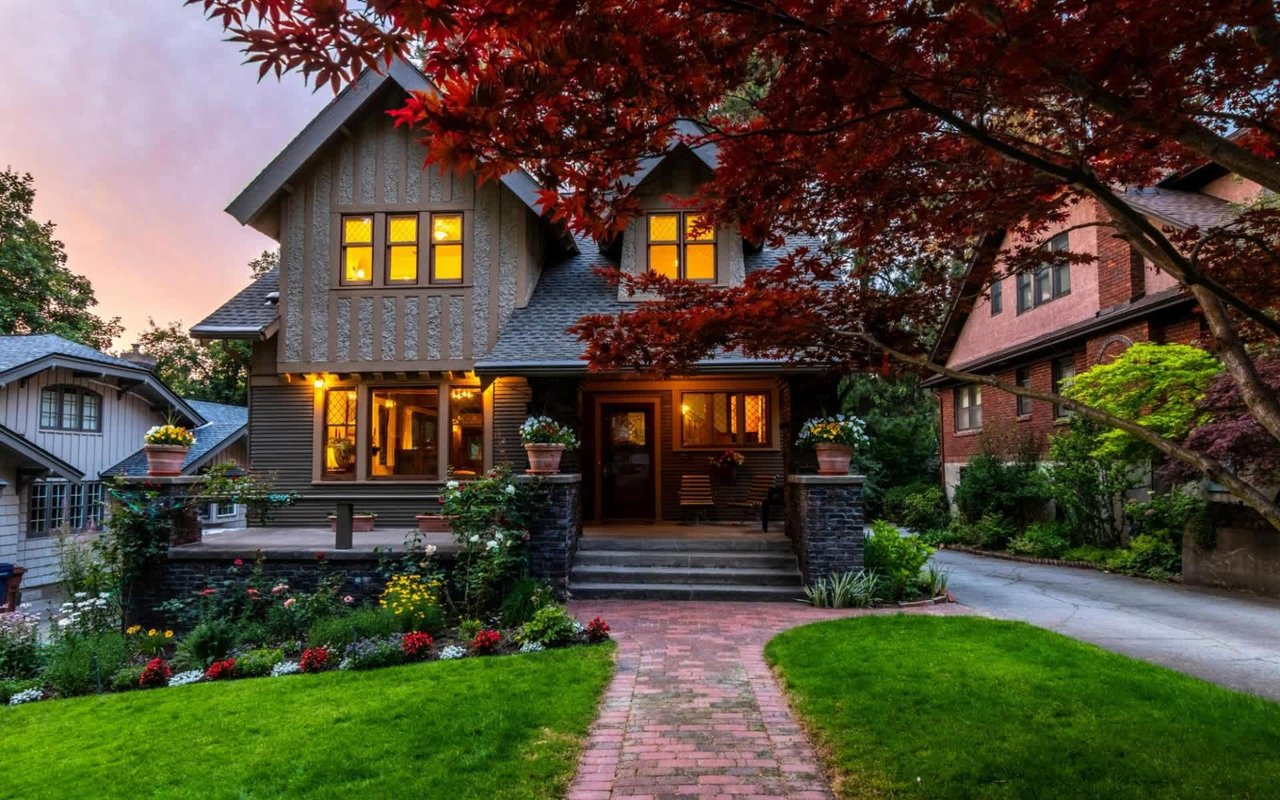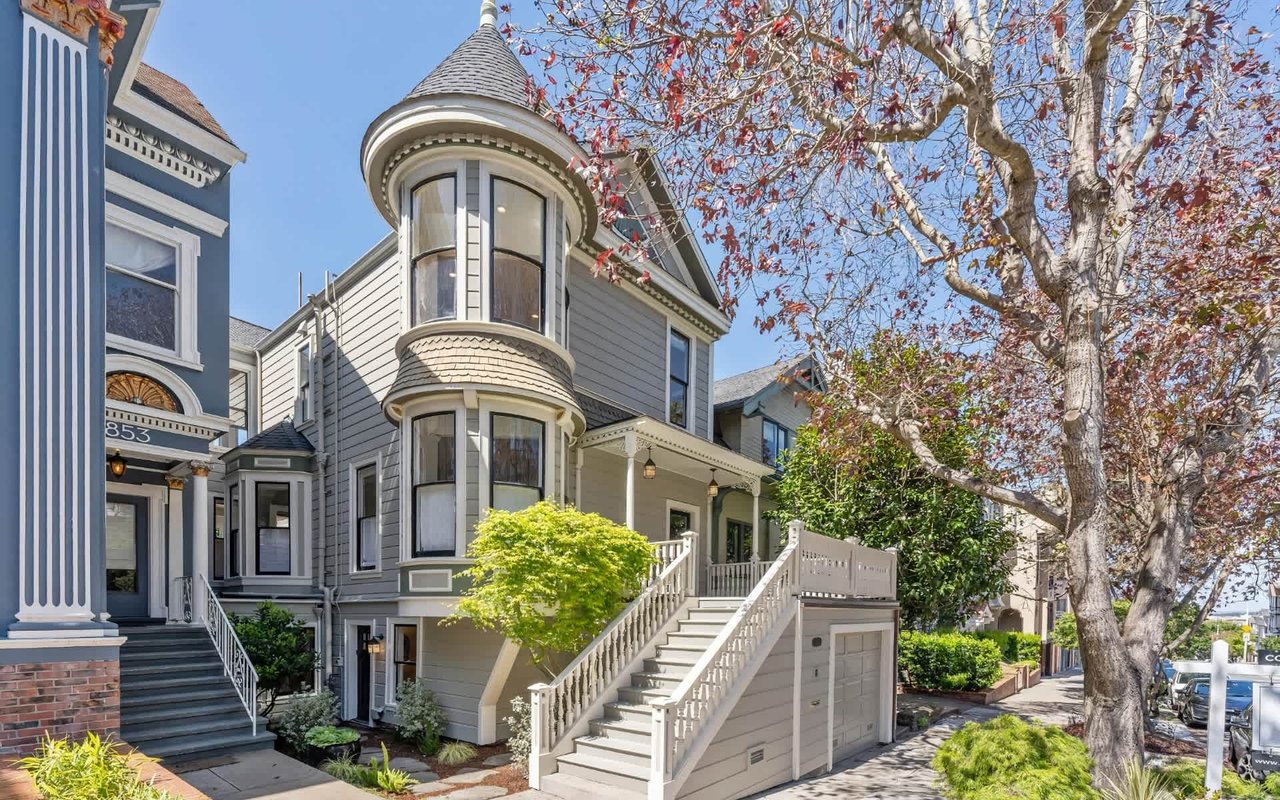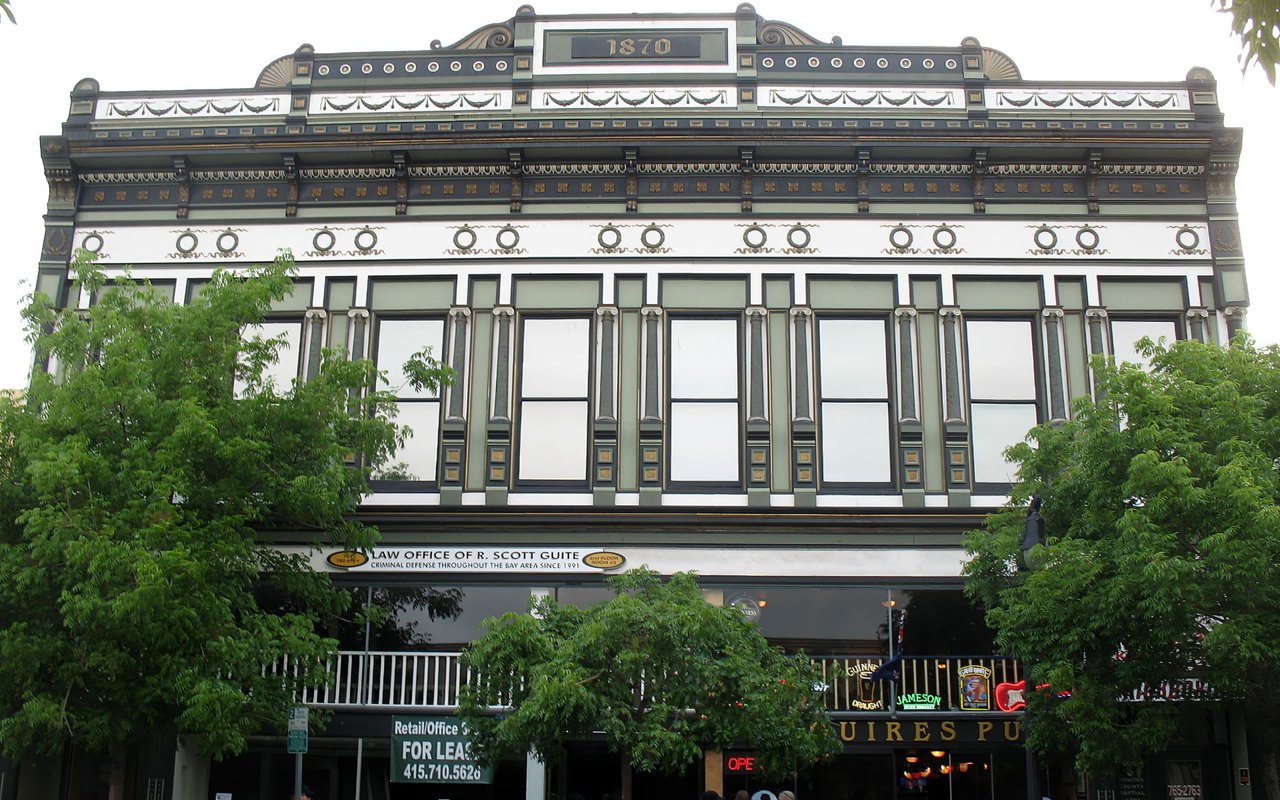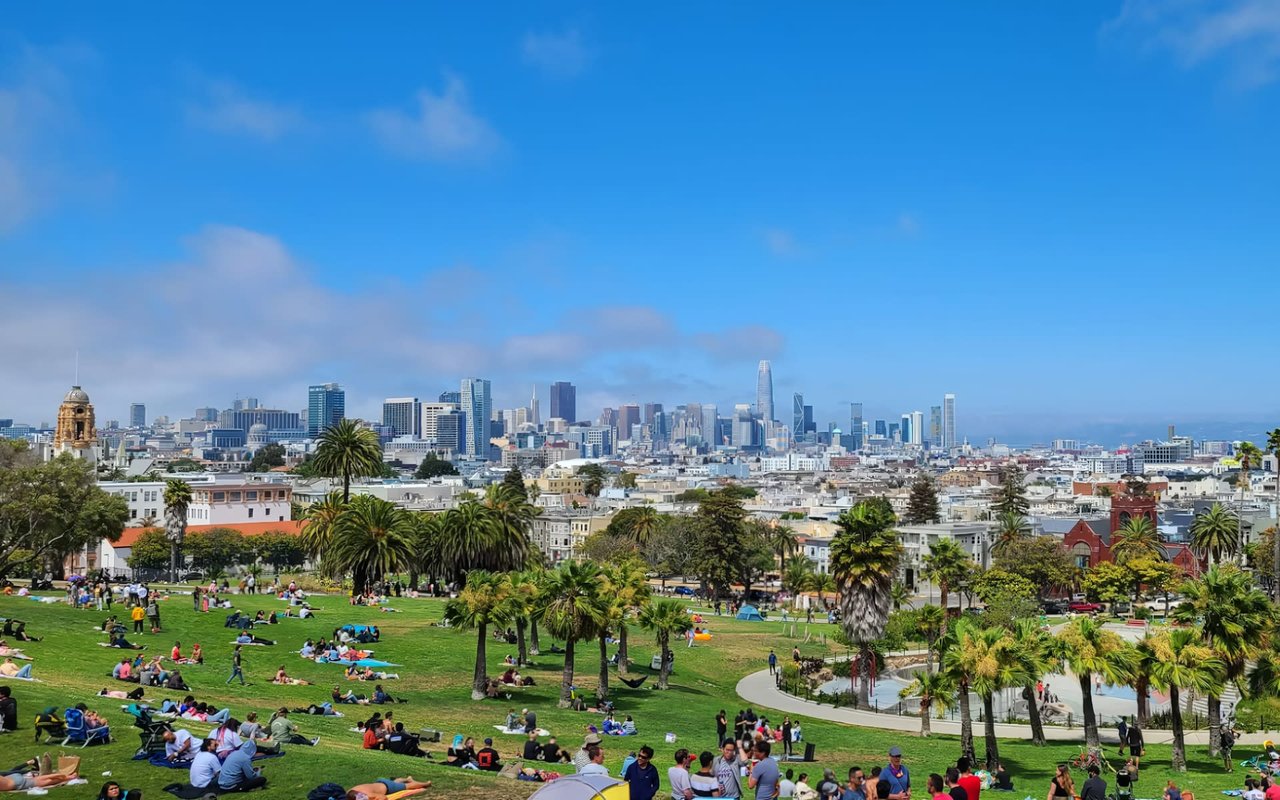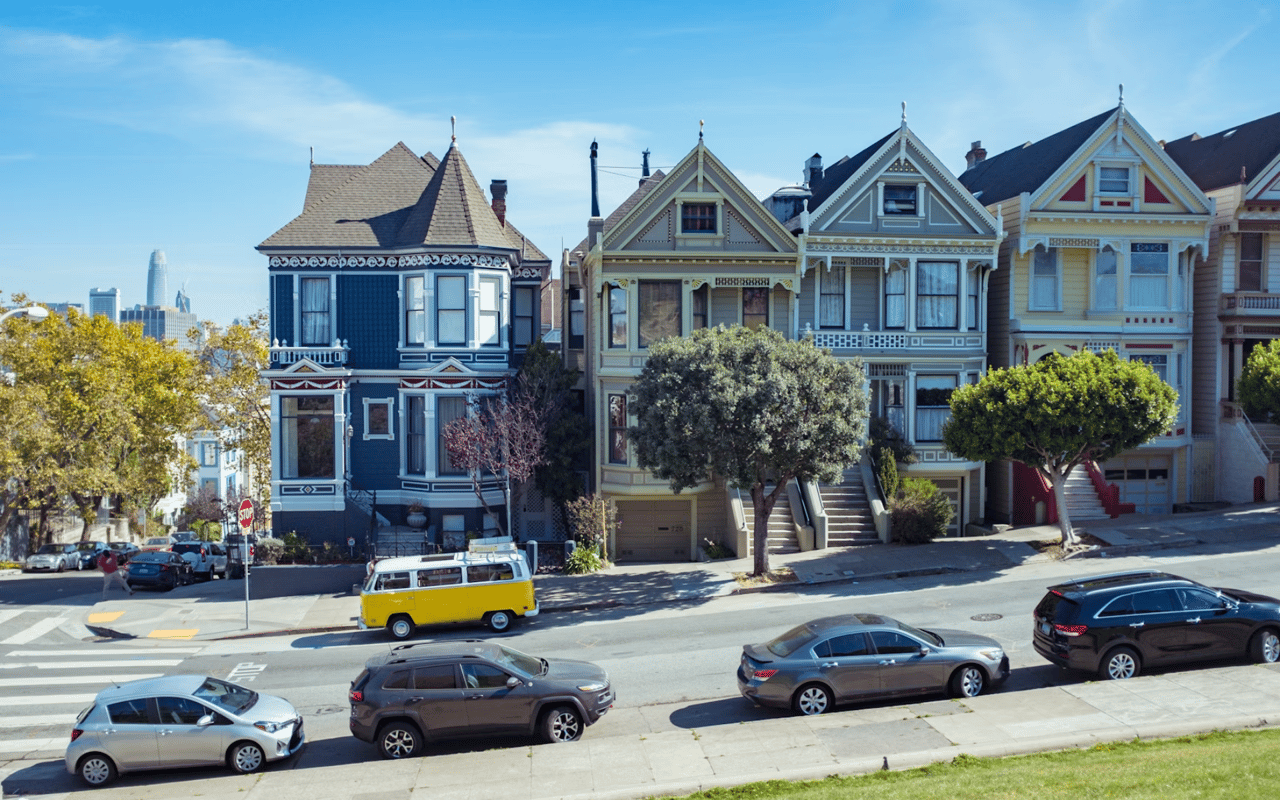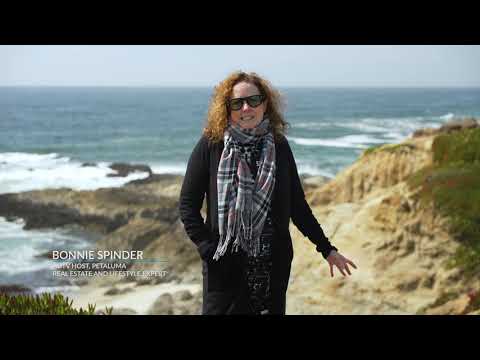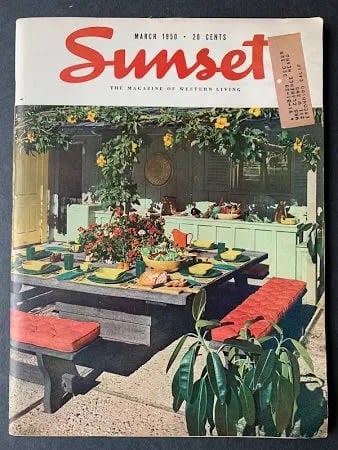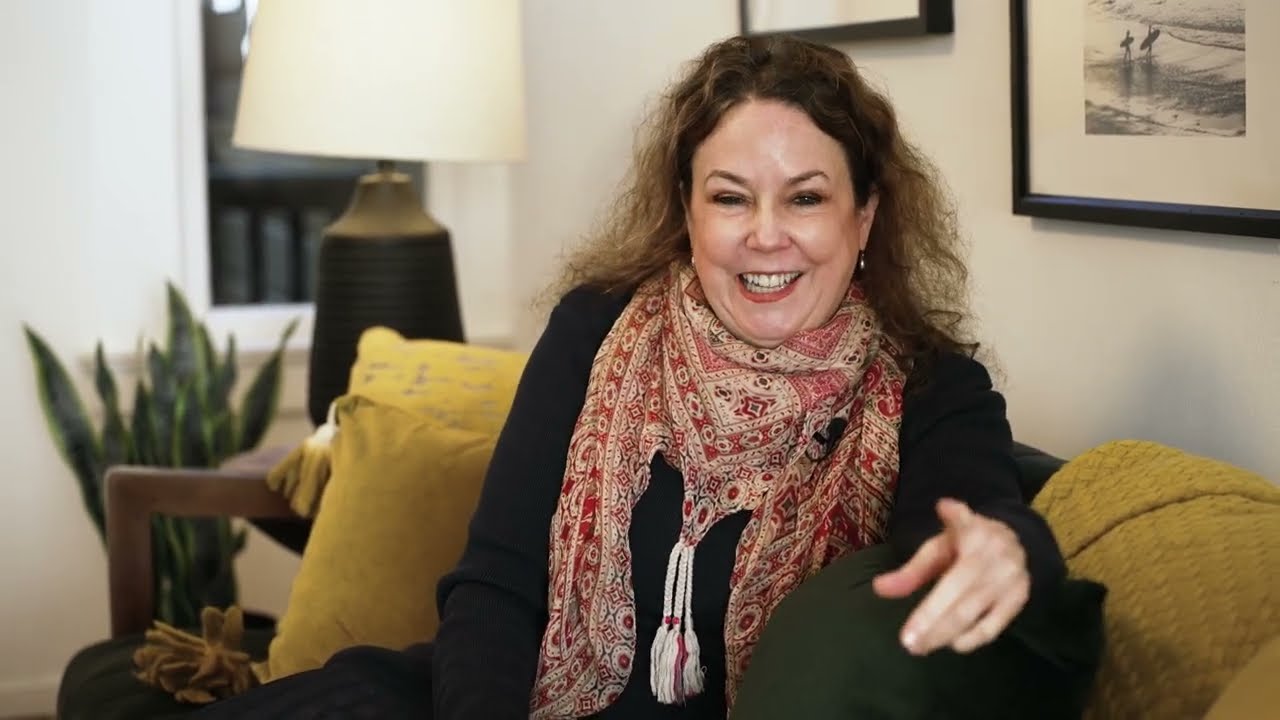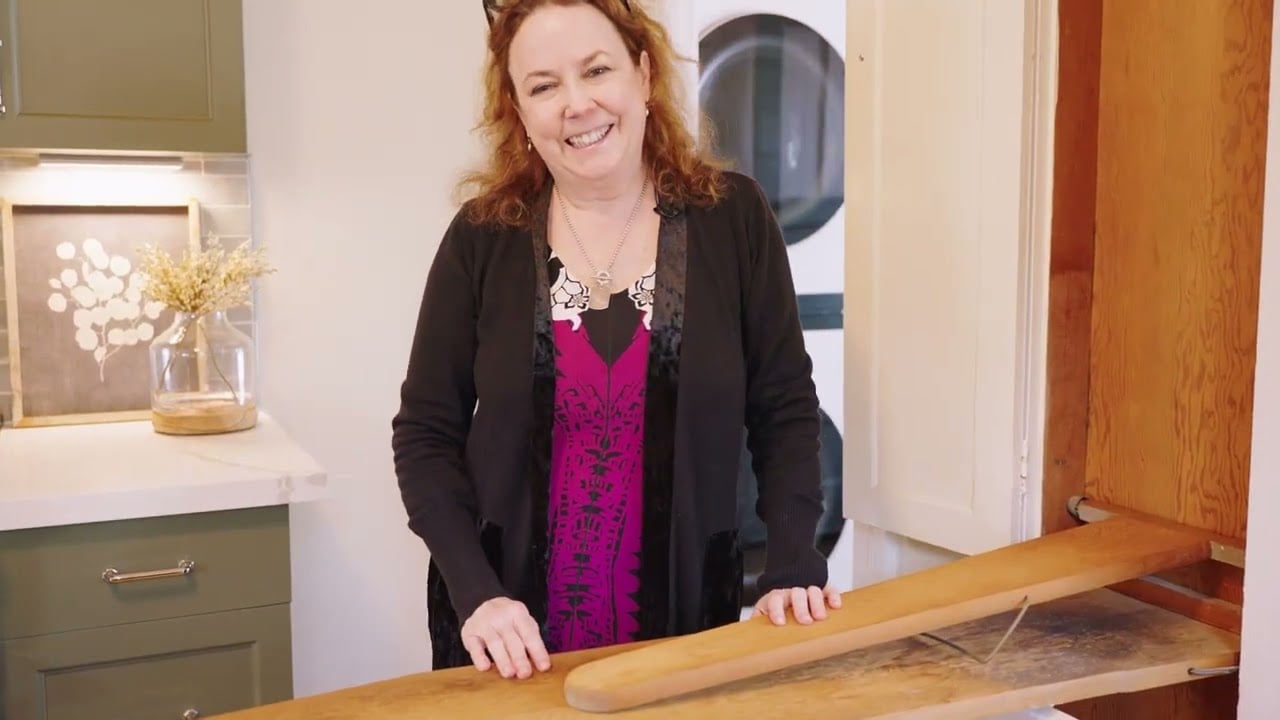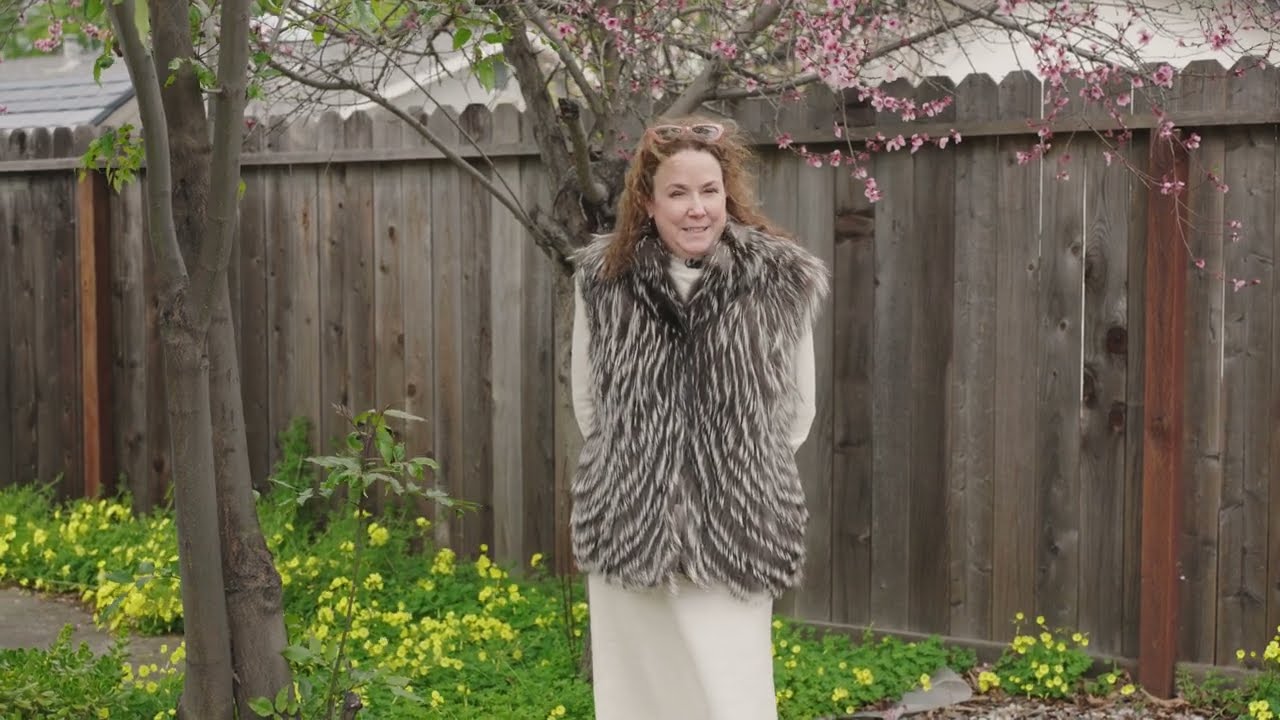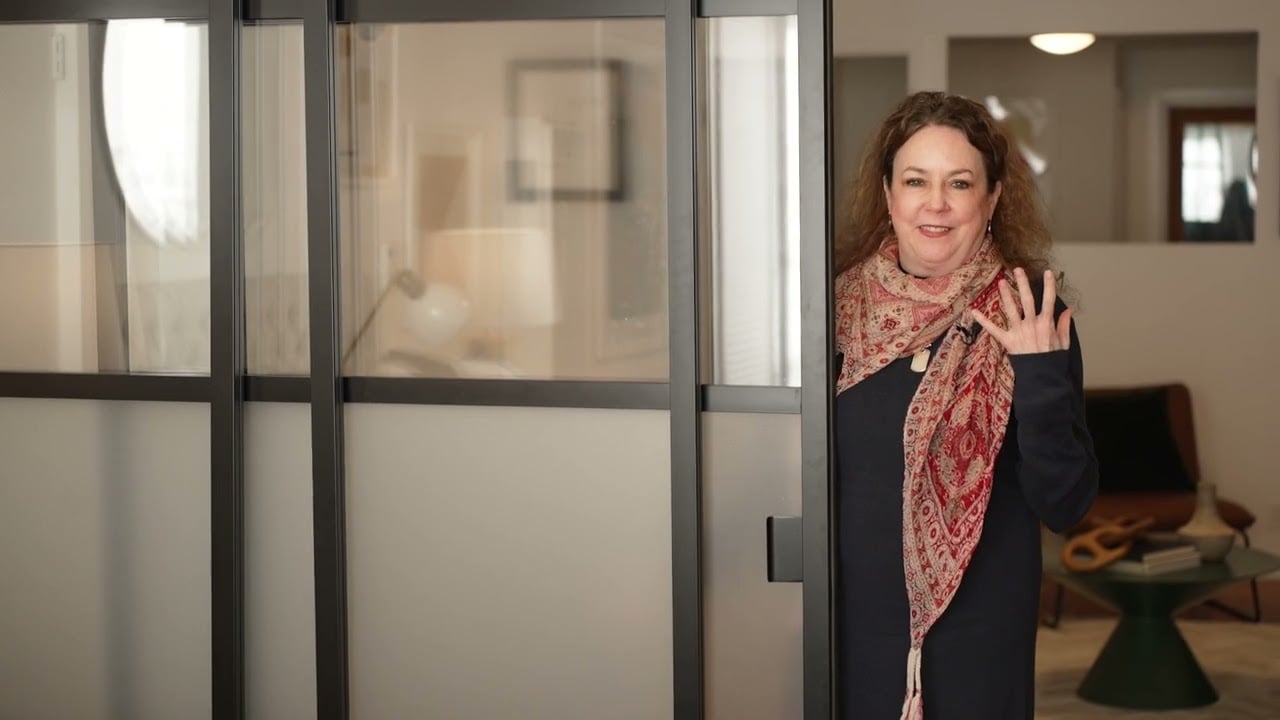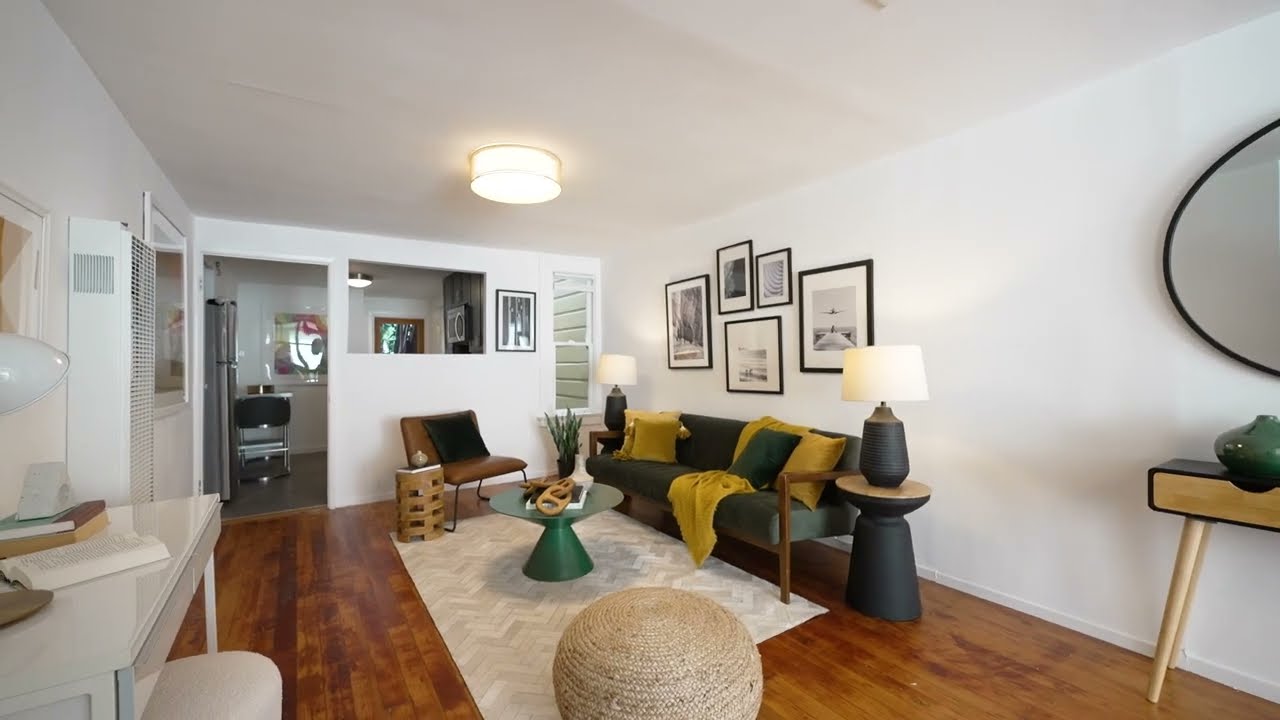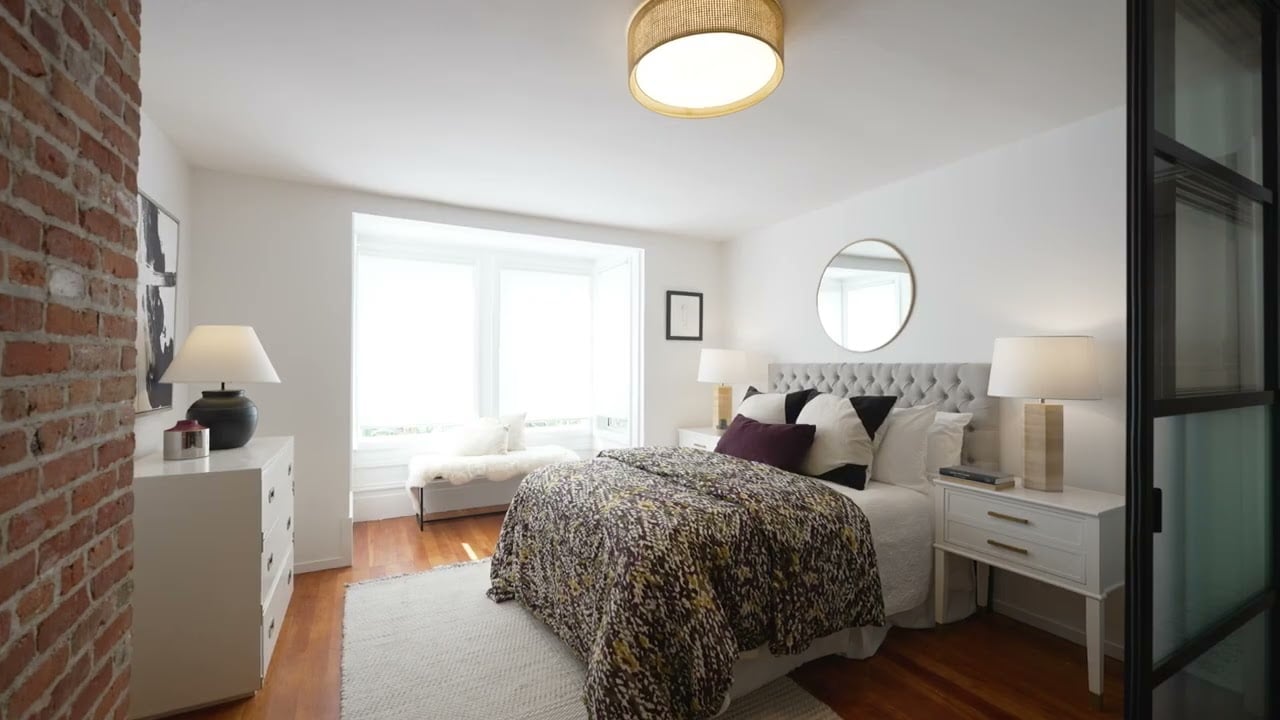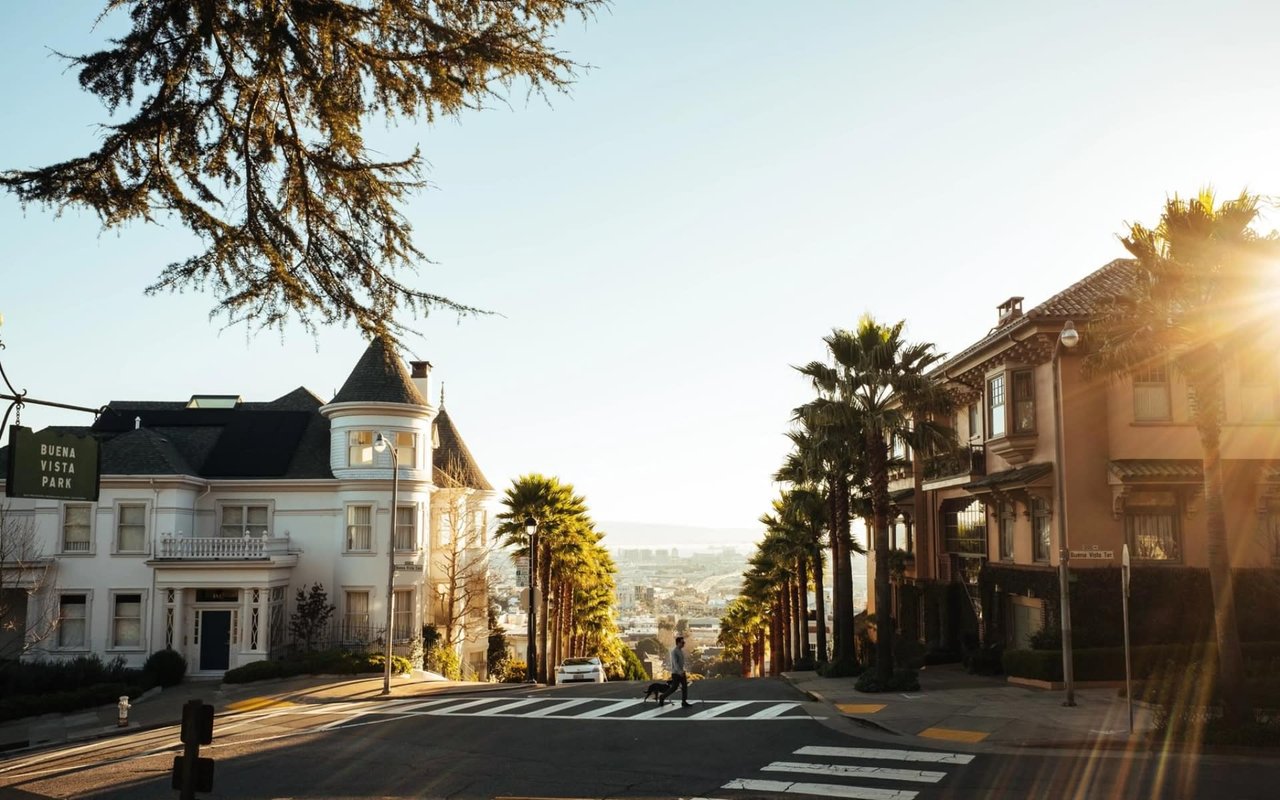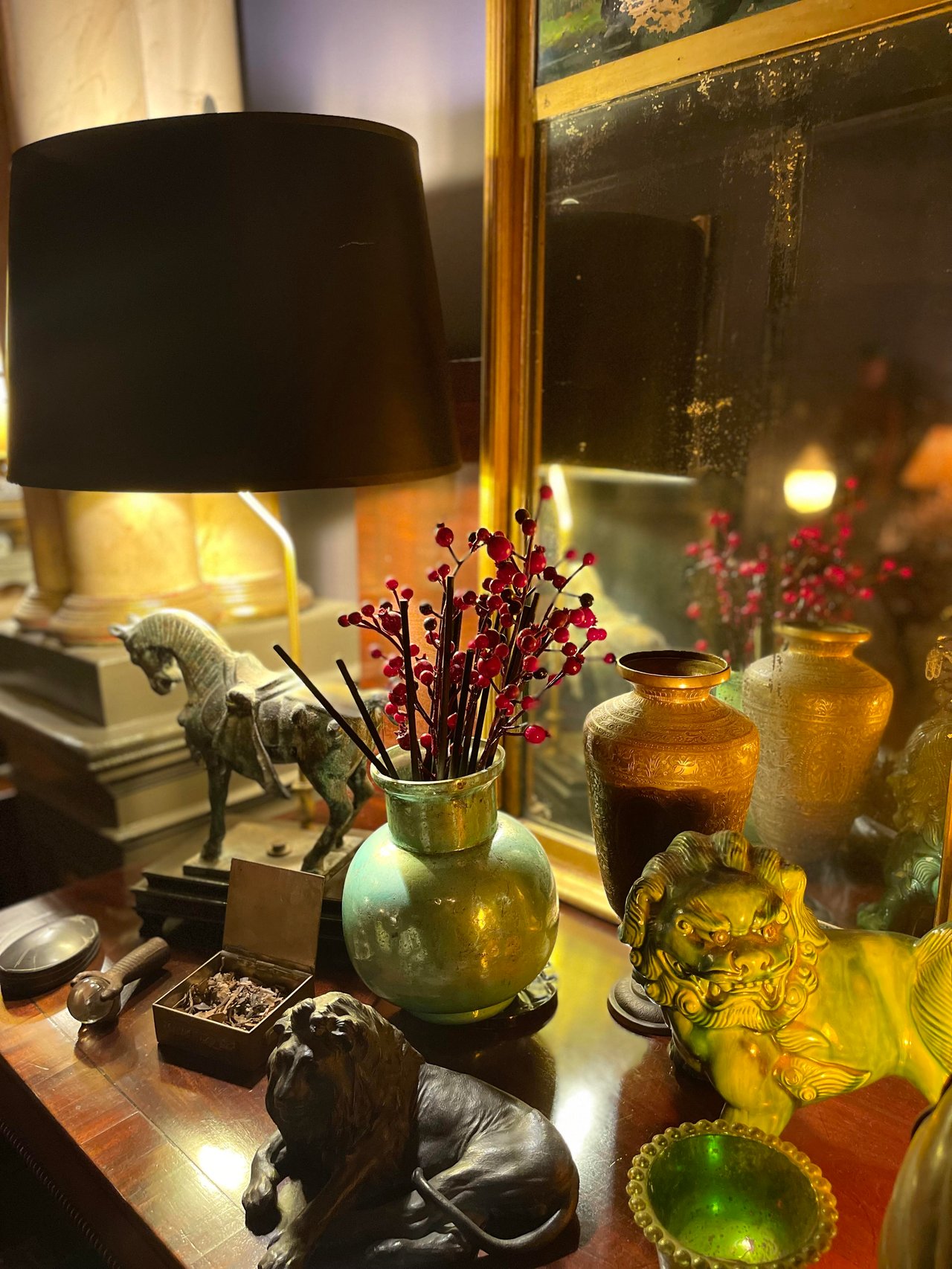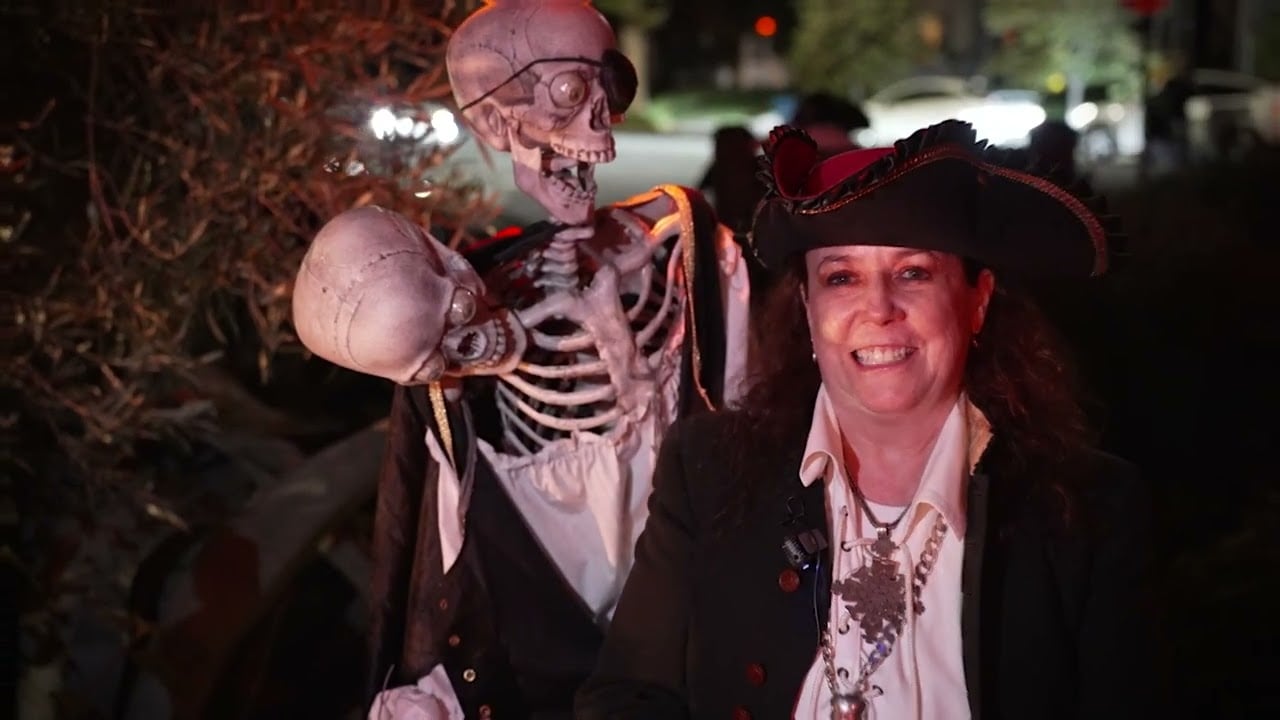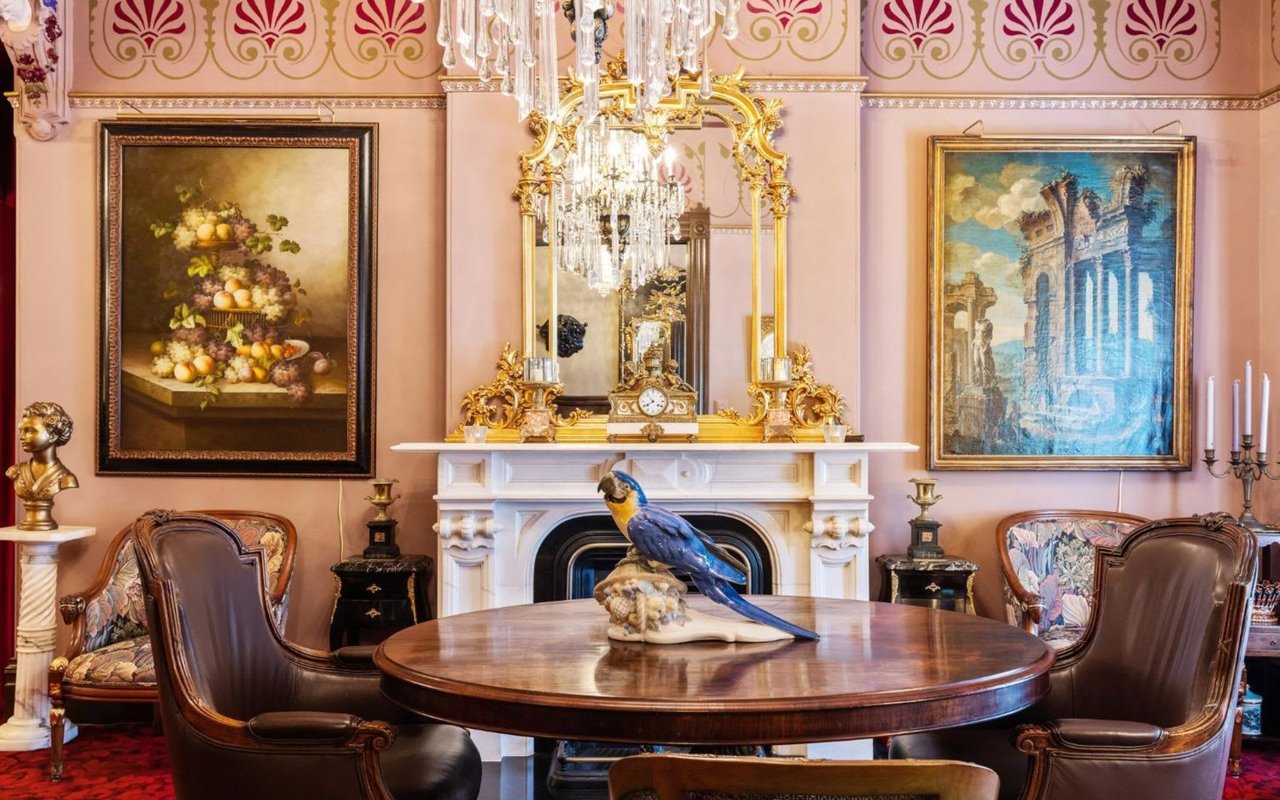The San Francisco Bay Area is renowned for its breathtaking natural landscapes, vibrant cultural scene, and rich architectural heritage that blends tradition with innovation. At the heart of this architectural legacy is Bernard Maybeck, a pioneering architect whose visionary designs have left an indelible mark on the region. From the iconic Palace of Fine Arts in San Francisco to charming homes in the Berkeley Hills, Maybeck's work is a testament to his genius, creativity, and profound respect for the environment.
Early Life and Influences: The Foundation of a Visionary
Born in New York City in 1862 to German immigrant parents, Bernard Maybeck's journey into architecture began with a strong foundation in the crafts. Initially trained as a woodworker, Maybeck's early experiences instilled a deep appreciation for craftsmanship and materiality, later defining his architectural style. His pursuit of architectural knowledge led him to the prestigious École des Beaux-Arts, an incubator of architectural theory and practice, emphasizing the grandeur of historical styles and the importance of proportion, symmetry, and ornamentation.
In Paris, Maybeck immersed himself in studying classical architecture, and his time in the city of light profoundly influenced his design philosophy. This education led him to the possibilities of blending historical motifs with modern needs and laid the groundwork for his unique approach to architecture, which would later become a hallmark of his work in California.
In Paris, Maybeck immersed himself in studying classical architecture, and his time in the city of light profoundly influenced his design philosophy. This education led him to the possibilities of blending historical motifs with modern needs and laid the groundwork for his unique approach to architecture, which would later become a hallmark of his work in California.
A New Architectural Language: Maybeck's Style and Philosophy
Bernard Maybeck's architectural style defies easy categorization. He was a master of blending disparate elements into timeless and contemporary creations. While he was deeply influenced by the Arts and Crafts movement, which emphasized handcrafted materials, simplicity, and harmony with nature, Maybeck also drew inspiration from a range of architectural traditions, including Gothic, Romanesque, and even Japanese styles.
One of Maybeck's defining characteristics was his willingness to experiment with materials and construction techniques. He was particularly interested in the use of natural materials, like wood, stone, and brick, which he used to create buildings that felt deeply connected to their surroundings. This connection to nature is evident in many of his residential designs, especially those in the Berkeley Hills, where he designed homes that blend seamlessly with the landscape.
One of Maybeck's defining characteristics was his willingness to experiment with materials and construction techniques. He was particularly interested in the use of natural materials, like wood, stone, and brick, which he used to create buildings that felt deeply connected to their surroundings. This connection to nature is evident in many of his residential designs, especially those in the Berkeley Hills, where he designed homes that blend seamlessly with the landscape.
Maybeck's Masterpieces: Notable Works in the Bay Area
Upon returning from Paris, Maybeck began his career in New York before moving to Kansas City. He would travel west to the San Francisco Bay Area, ultimately his lifelong home and canvas for his greatest architectural works. The region is dotted with architectural gems designed by Maybeck, each showcasing his eclectic style and innovative spirit. Perhaps the most famous is the Palace of Fine Arts, an enduring symbol of San Francisco's ambition and architectural grandeur.
The Palace of Fine Arts: A Timeless Icon
Designed for the 1915 Panama-Pacific International Exposition, the Palace of Fine Arts is a breathtaking structure that has become one of San Francisco's most beloved landmarks. The building was intended as a temporary structure, but its classical beauty and monumental scale captivated the public, leading to its preservation and restoration over the years.
The Palace of Fine Arts is a testament to Maybeck's ability to evoke historical grandeur while creating spaces that resonate with modern audiences. Its grand rotunda, flanked by colonnades and reflected in a serene lagoon, combines classical forms and Maybeck's unique vision. The Palace's design draws from ancient Roman and Greek architecture, yet it feels distinctly Californian, with its open, airy layout and integration with the surrounding landscape.
The Palace of Fine Arts is a testament to Maybeck's ability to evoke historical grandeur while creating spaces that resonate with modern audiences. Its grand rotunda, flanked by colonnades and reflected in a serene lagoon, combines classical forms and Maybeck's unique vision. The Palace's design draws from ancient Roman and Greek architecture, yet it feels distinctly Californian, with its open, airy layout and integration with the surrounding landscape.
First Church of Christ, Scientist: Innovation in Concrete
Another of Maybeck's masterpieces is the First Church of Christ Scientist in Berkeley, where he resided. Completed in 1910, this building is an early example of reinforced concrete construction, a relatively new material. Maybeck's use of concrete allowed for greater flexibility in design, enabling him to create a solid and ethereal structure.
The church's design is a striking departure from traditional ecclesiastical architecture. Its low, horizontal lines, large windows, and intricate detailing give it a sense of lightness and openness, inviting natural light into the sanctuary. The building's interior is equally innovative, with exposed wooden trusses and a layout encouraging communal worship.
The First Church of Christ Scientist is a National Historic Landmark and often cited as one of Maybeck's greatest works, reflecting his ability to combine structural innovation with a sense of spirituality and reverence.
The church's design is a striking departure from traditional ecclesiastical architecture. Its low, horizontal lines, large windows, and intricate detailing give it a sense of lightness and openness, inviting natural light into the sanctuary. The building's interior is equally innovative, with exposed wooden trusses and a layout encouraging communal worship.
The First Church of Christ Scientist is a National Historic Landmark and often cited as one of Maybeck's greatest works, reflecting his ability to combine structural innovation with a sense of spirituality and reverence.
Private Homes: Harmony with Nature
Maybeck's influence is most keenly felt in the residential neighborhoods of Berkeley, where he designed numerous homes that embody his philosophy of harmony with nature and more lavish residences in San Francisco. These homes featured natural materials, such as redwood and stone, and their seamless integration with the landscape. Among the most famous of these homes in Berkeley are the Senger House, built in 1907; Andrew Cooper Lawson House, built in 1908; and the Maybeck Studio for the Performing Arts, built in 1923 as part of the Kennedy-Nixon House. Maybeck's notable residences in San Francisco include the Roos House and the Goslinsky House, built in 1909 in Presidio Heights.
Commercial and Public Buildings in San Francisco: Design Flexibility
Maybeck also found plenty of success crafting commercial spaces in San Francisco. His commercial work never betrayed his belief in crafting an aesthetic that emphasizes the beauty of natural materials, even if they proved far more contemporary than the bulk of residential work. The best examples of this design malleability include the Telegraph Hill Neighborhood House (b. 1906), the Packard Automobile showroom (b. 1926), and the Family Service Agency building (b. 1927), both in the Fillmore District.
Maybeck's Impact on the Bay Area: Shaping the Region's Architectural Identity
Bernard Maybeck's impact on San Francisco extends far beyond the individual buildings he designed. His work helped shape the Bay Area's architectural identity, influencing generations of architects and setting a standard for creativity and innovation.
Maybeck's emphasis on blending historical styles with modern needs, his use of natural materials, and his commitment to harmony with the environment resonated deeply with the ethos of the Bay Area. His designs were not just about creating beautiful buildings but about creating spaces that enhanced the lives of the people who used them and respected the natural beauty of the region.
In many ways, Maybeck's work laid the foundation for the Bay Area's architectural character, known for its eclecticism, innovation, and connection to nature. You can see his influence in the work of many later architects, including Julia Morgan, who studied under Maybeck and designed some of California's most famous buildings, including Hearst Castle.
Maybeck's emphasis on blending historical styles with modern needs, his use of natural materials, and his commitment to harmony with the environment resonated deeply with the ethos of the Bay Area. His designs were not just about creating beautiful buildings but about creating spaces that enhanced the lives of the people who used them and respected the natural beauty of the region.
In many ways, Maybeck's work laid the foundation for the Bay Area's architectural character, known for its eclecticism, innovation, and connection to nature. You can see his influence in the work of many later architects, including Julia Morgan, who studied under Maybeck and designed some of California's most famous buildings, including Hearst Castle.
Discover San Francisco's Victorian Heritage
Bernard Maybeck's legacy endures in the buildings he left behind and in the ongoing influence of his ideas. His work continues to be celebrated for its creativity, craftsmanship, and profound respect for the environment. Maybeck's buildings, especially those across the San Francisco Bay Area, remain beloved landmarks that testify to his genius and vision.
To learn more about San Francisco's architectural history, contact Bonnie Spindler, The Victorian Specialist, today to start a one-of-a-kind journey into the city's richly layered residential history. As a past president of The Victorian Alliance of San Francisco, allow Bonnie's extensive knowledge and unmistakable passion for pre-1926 architecture to help you navigate the path to many of San Francisco's most treasured, sought-after properties.
To learn more about San Francisco's architectural history, contact Bonnie Spindler, The Victorian Specialist, today to start a one-of-a-kind journey into the city's richly layered residential history. As a past president of The Victorian Alliance of San Francisco, allow Bonnie's extensive knowledge and unmistakable passion for pre-1926 architecture to help you navigate the path to many of San Francisco's most treasured, sought-after properties.
